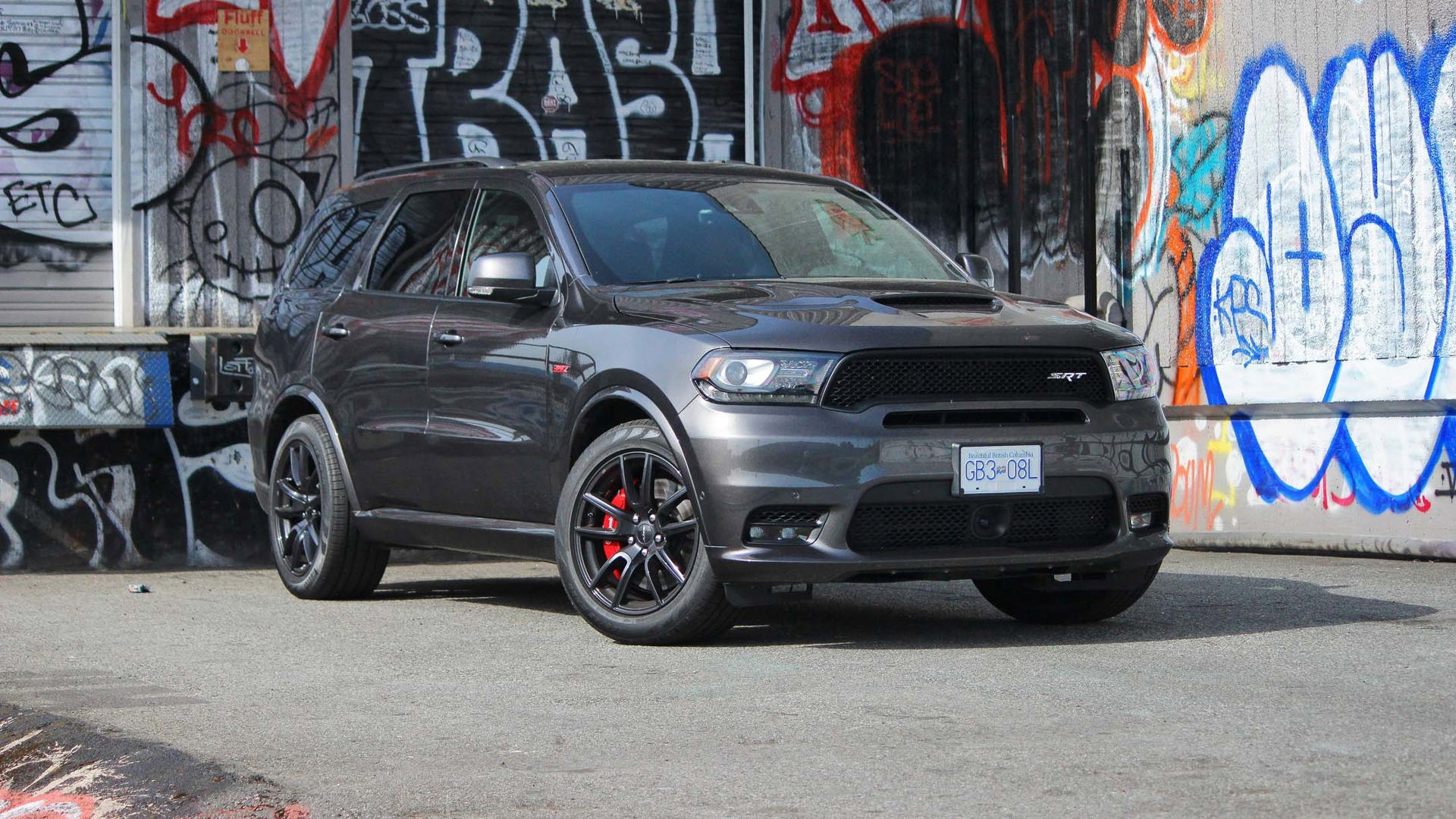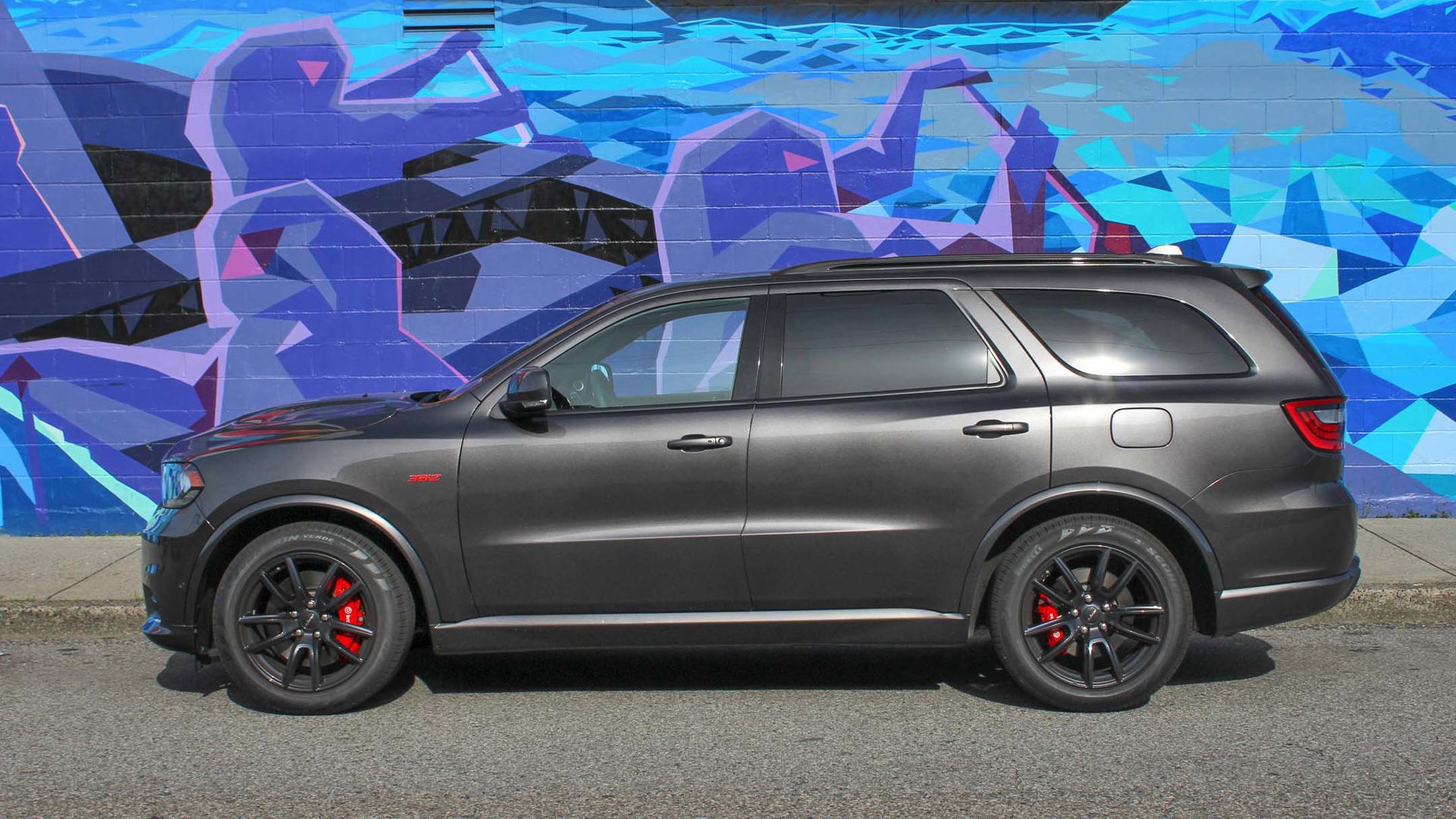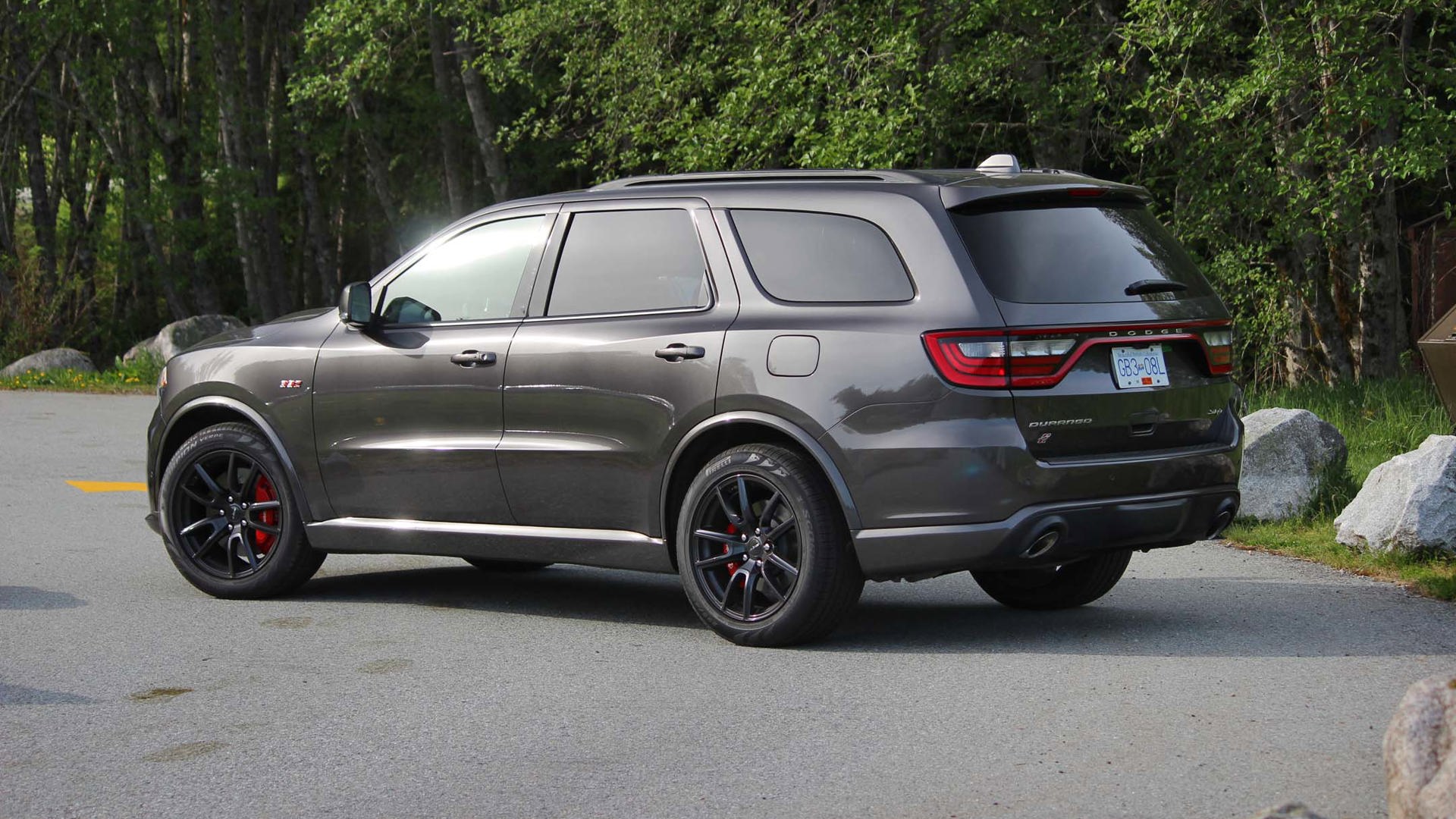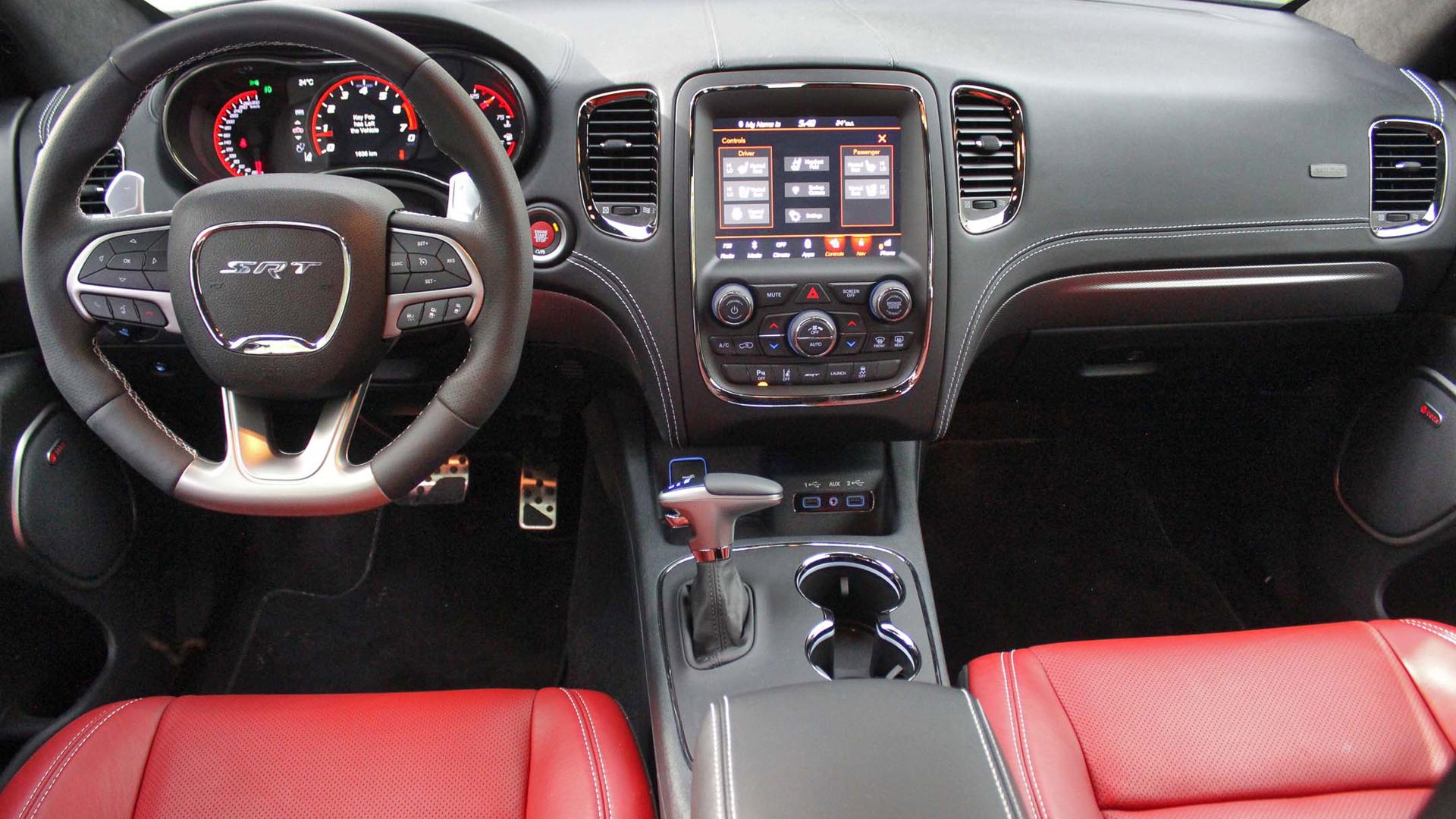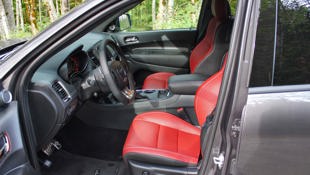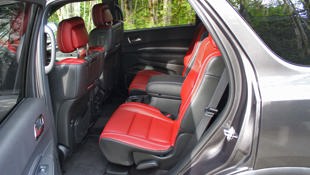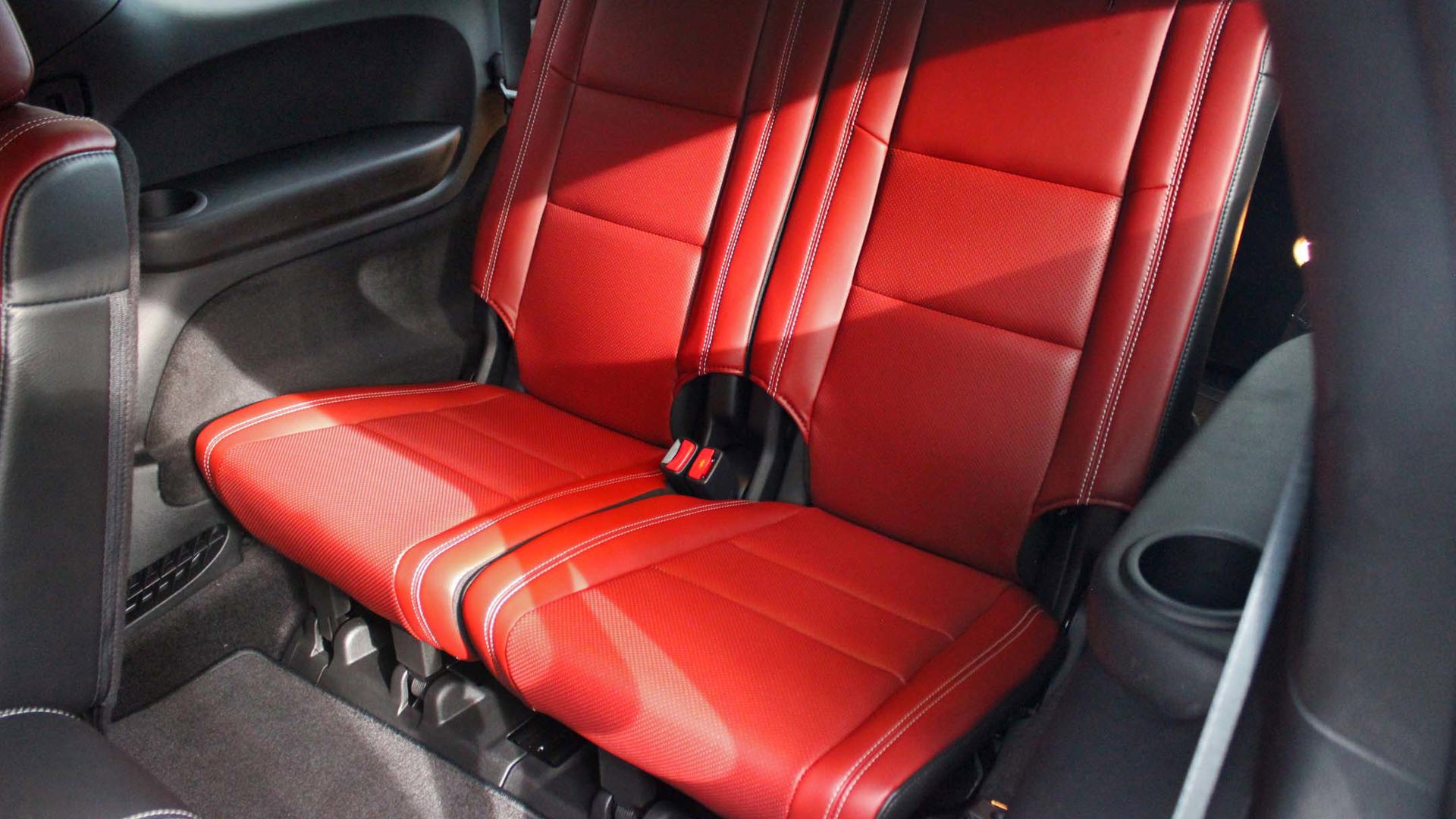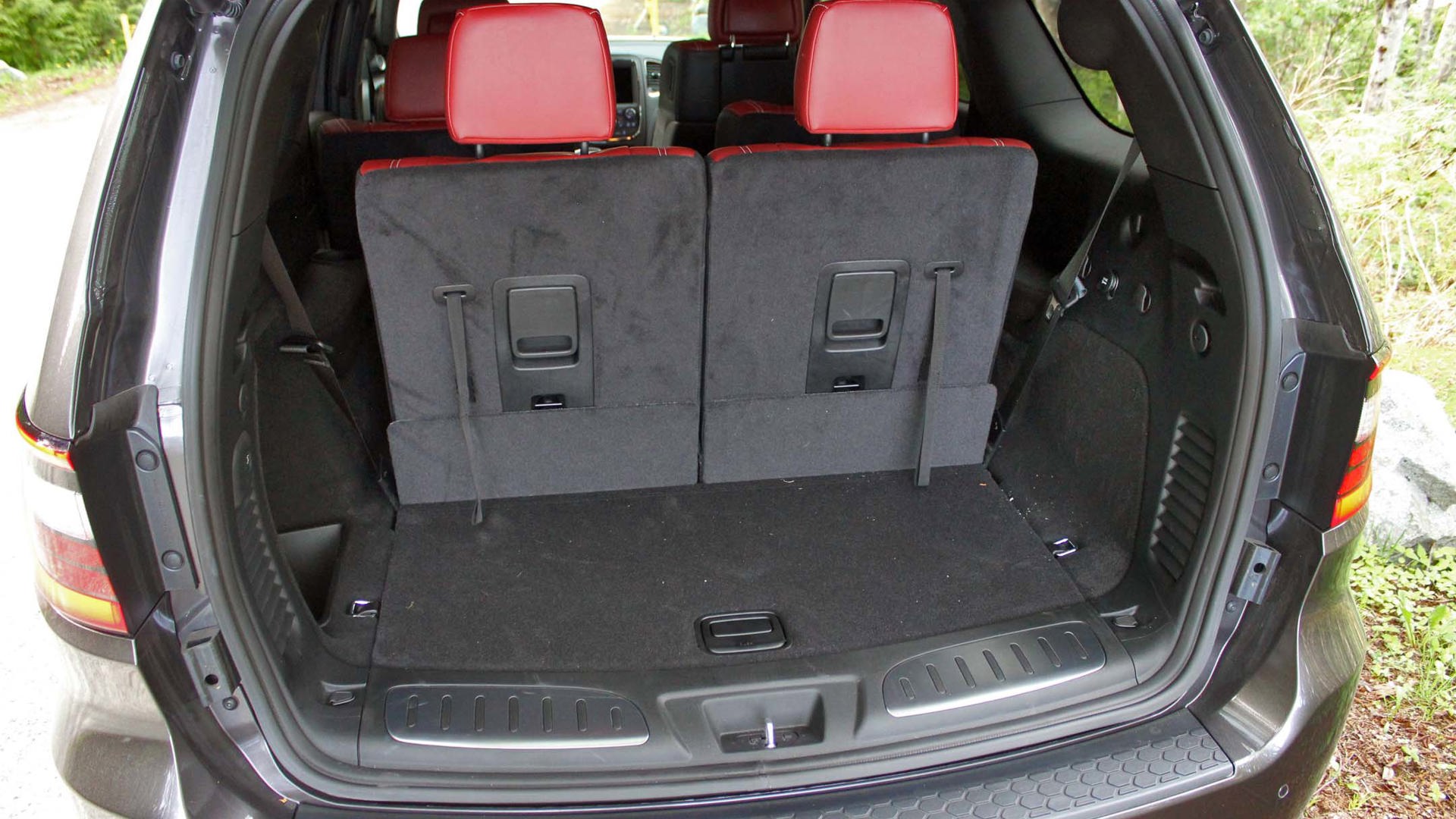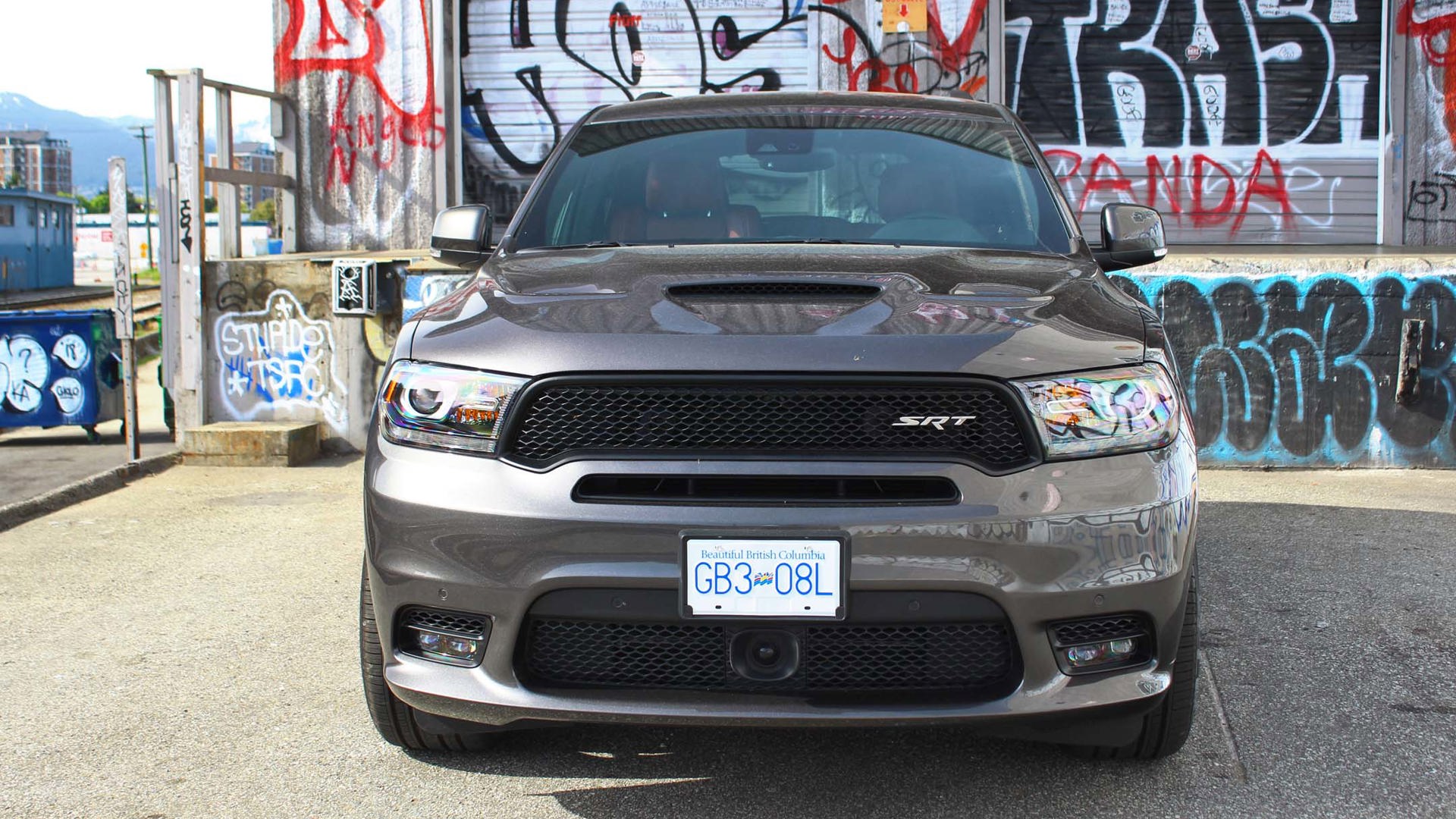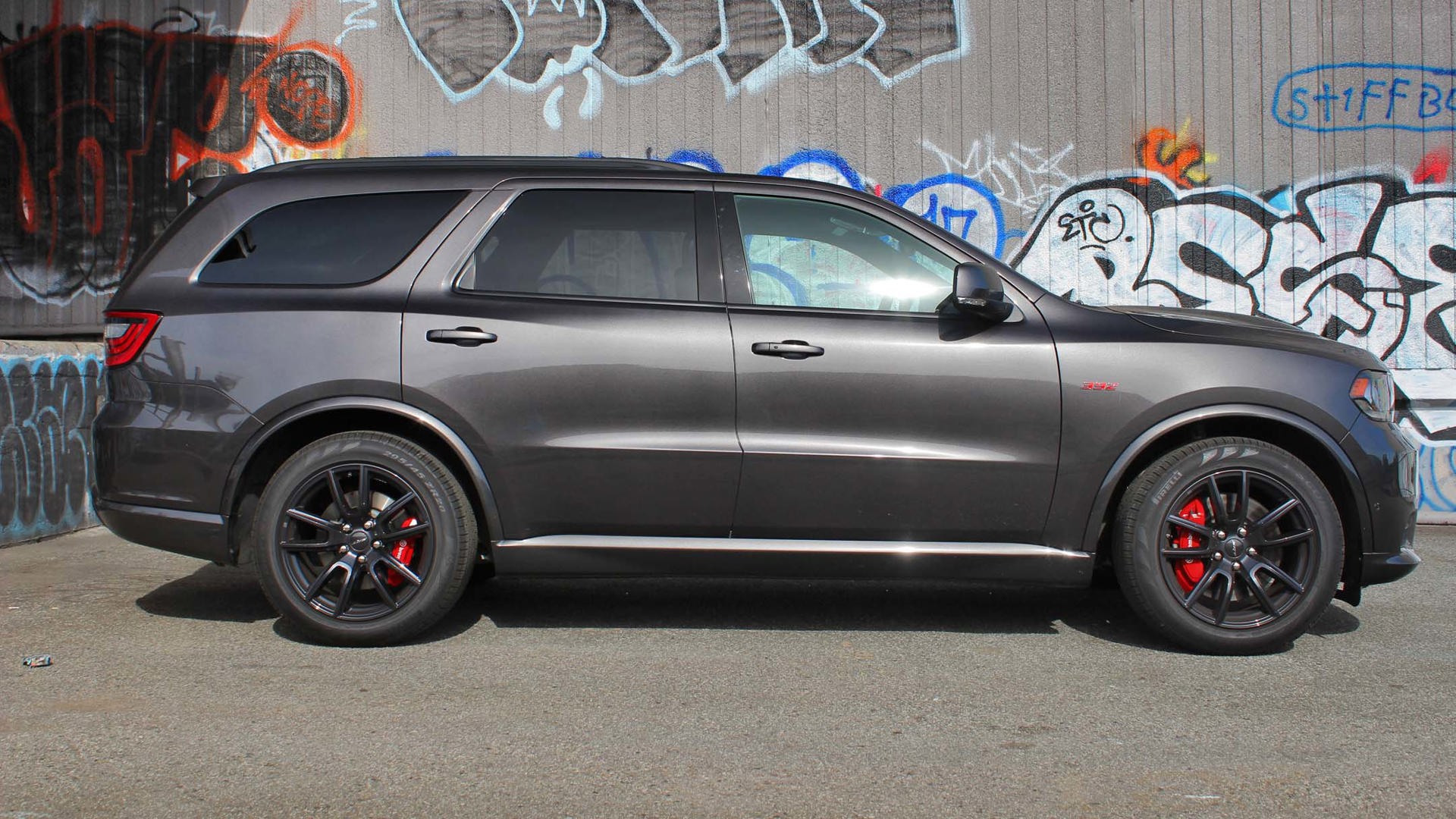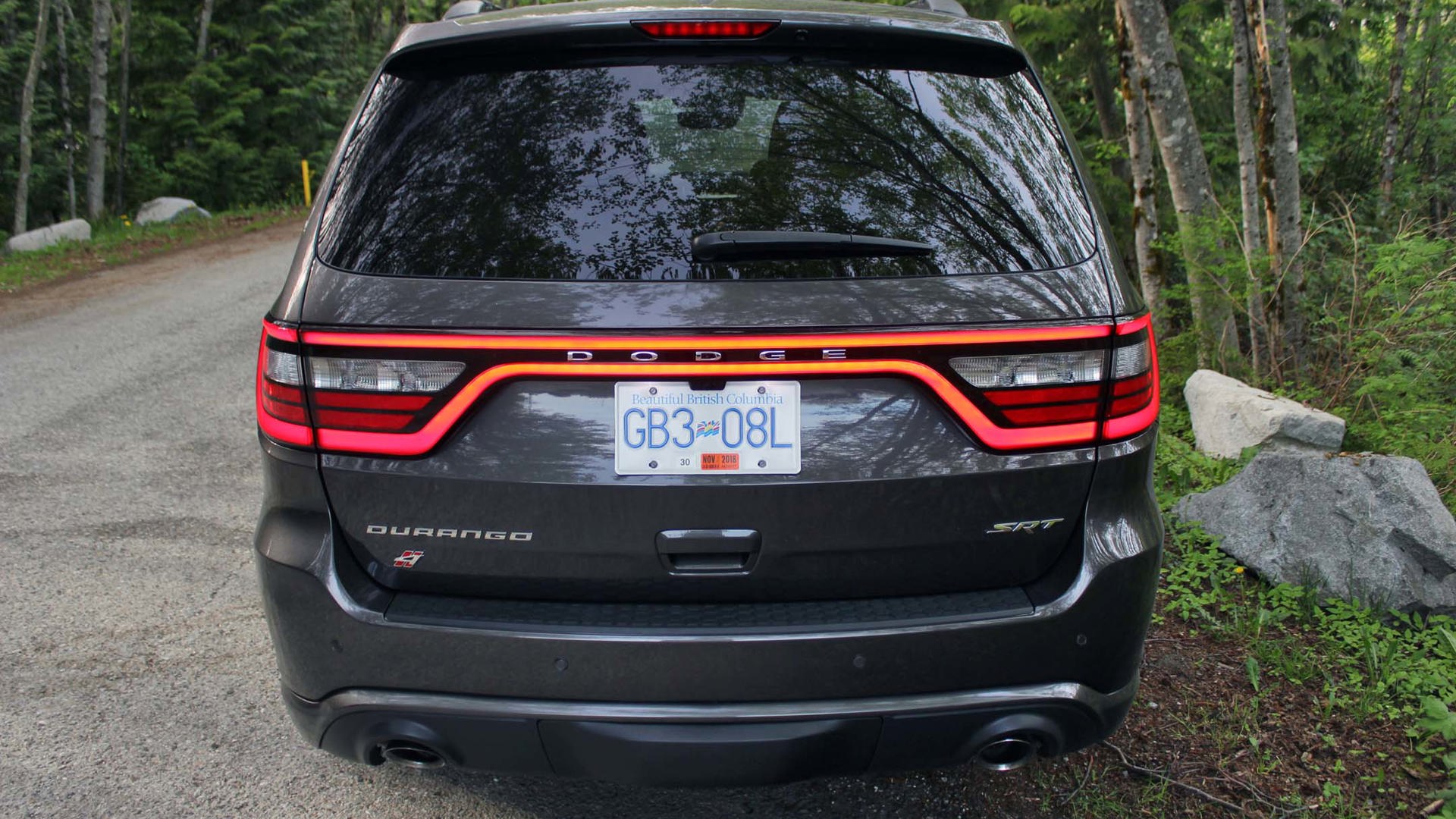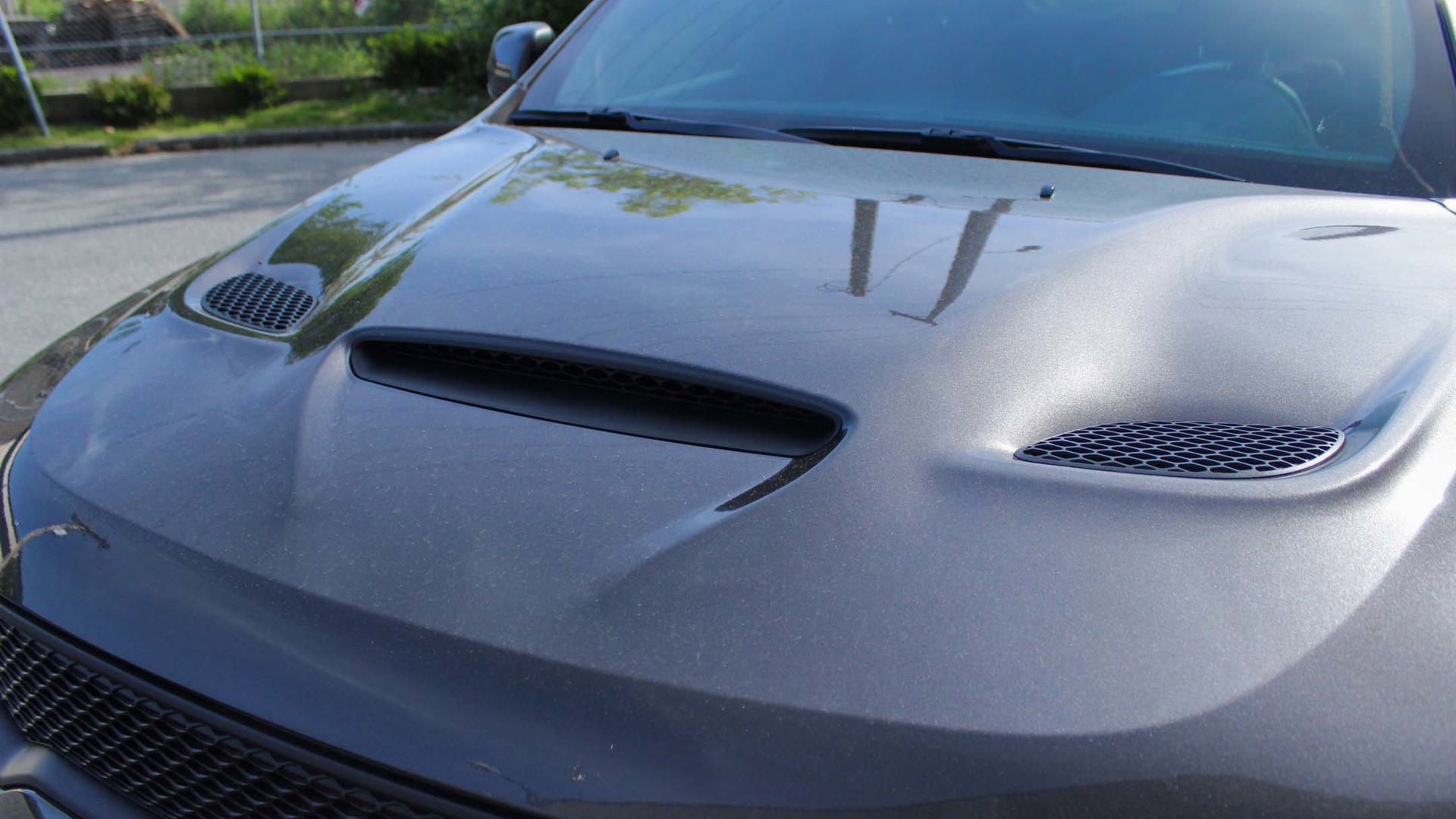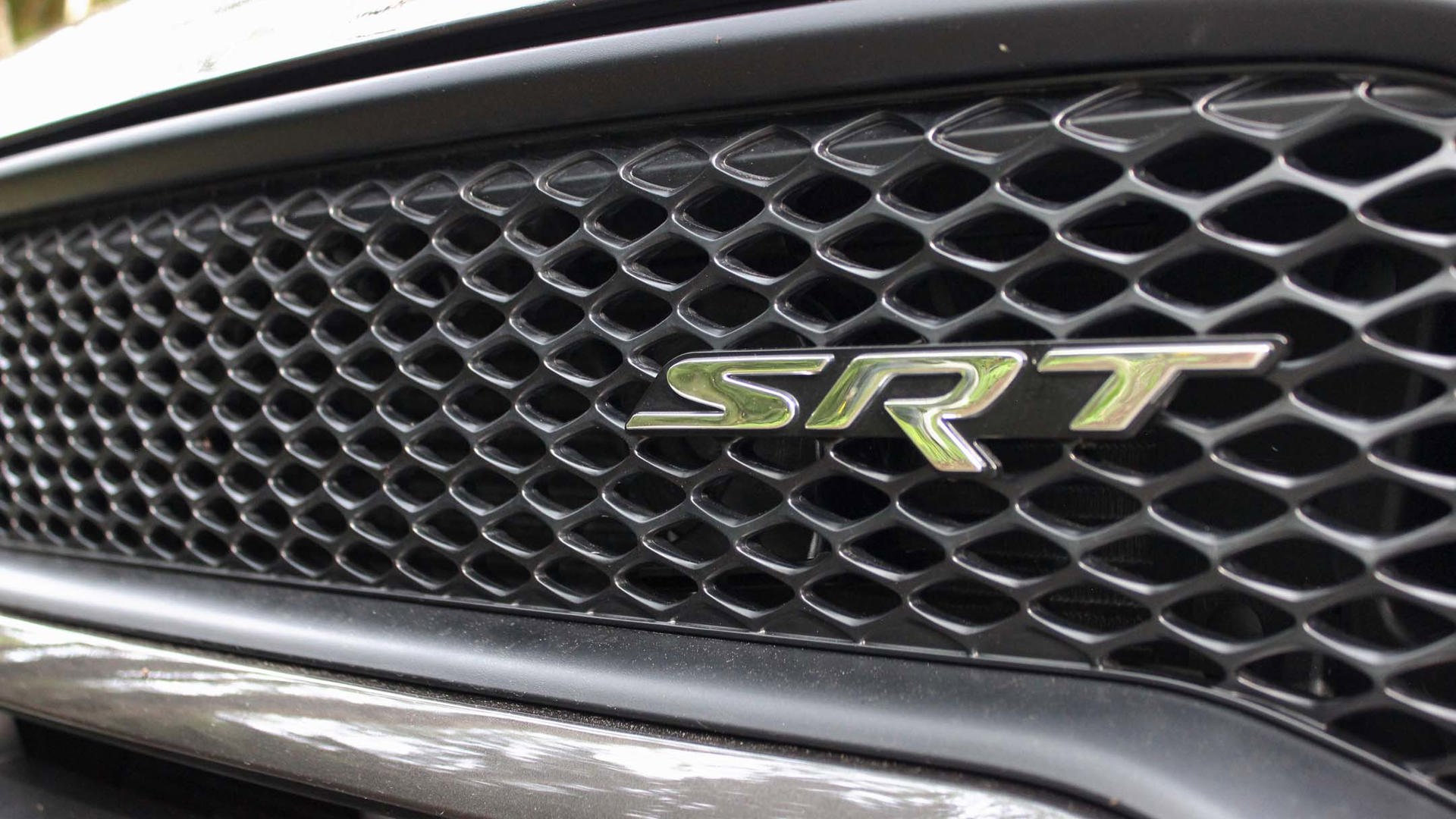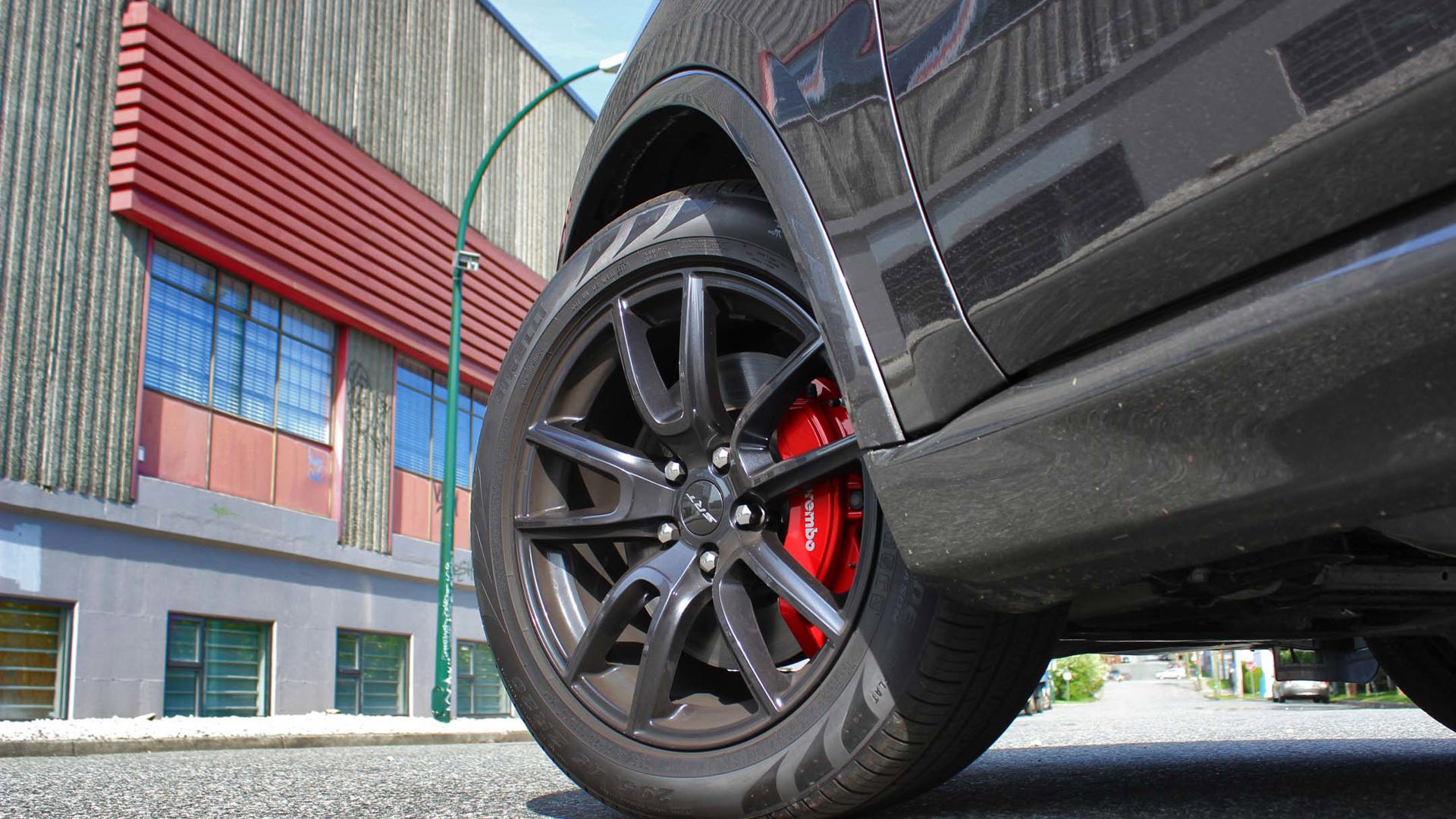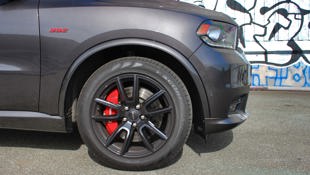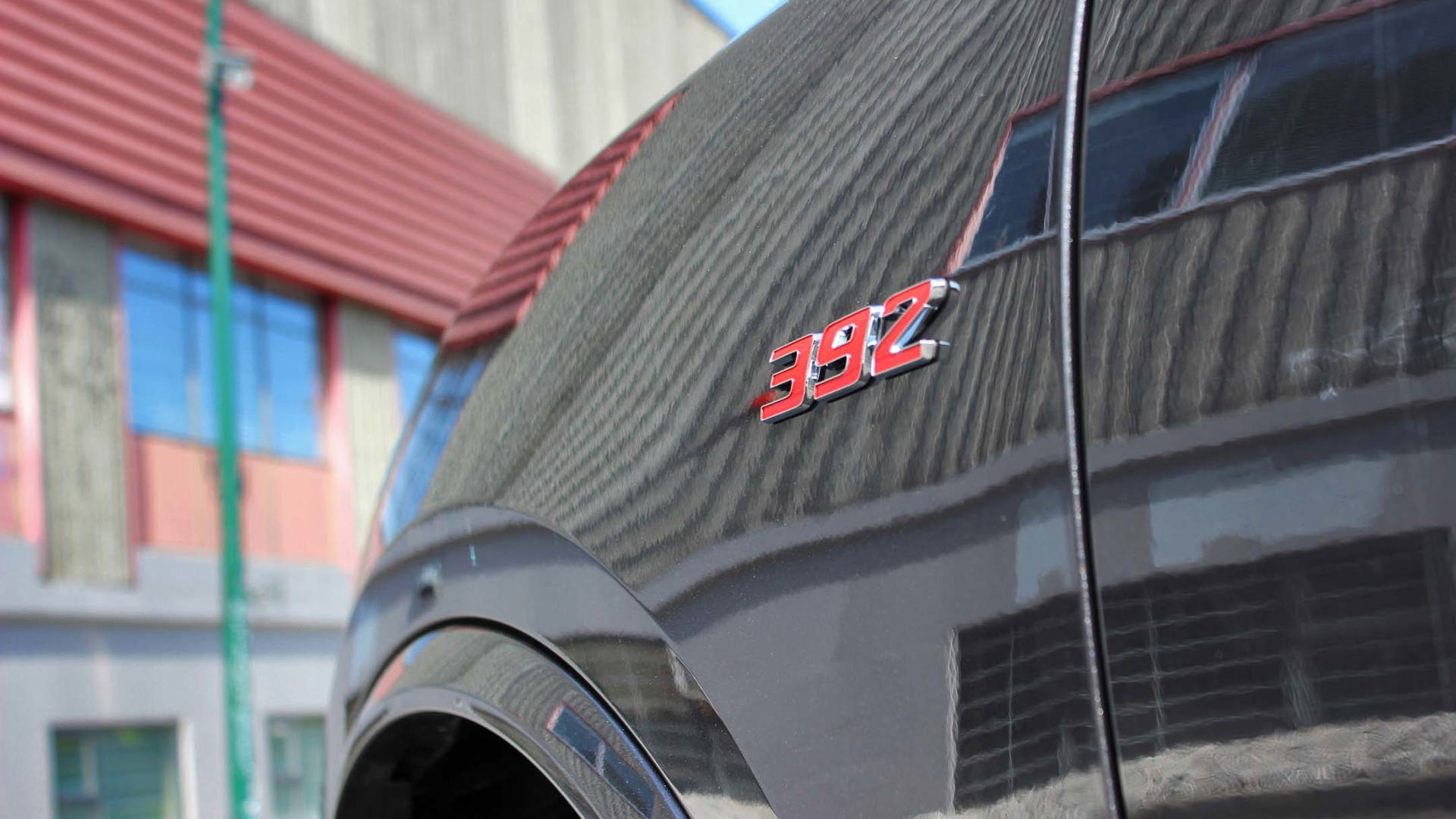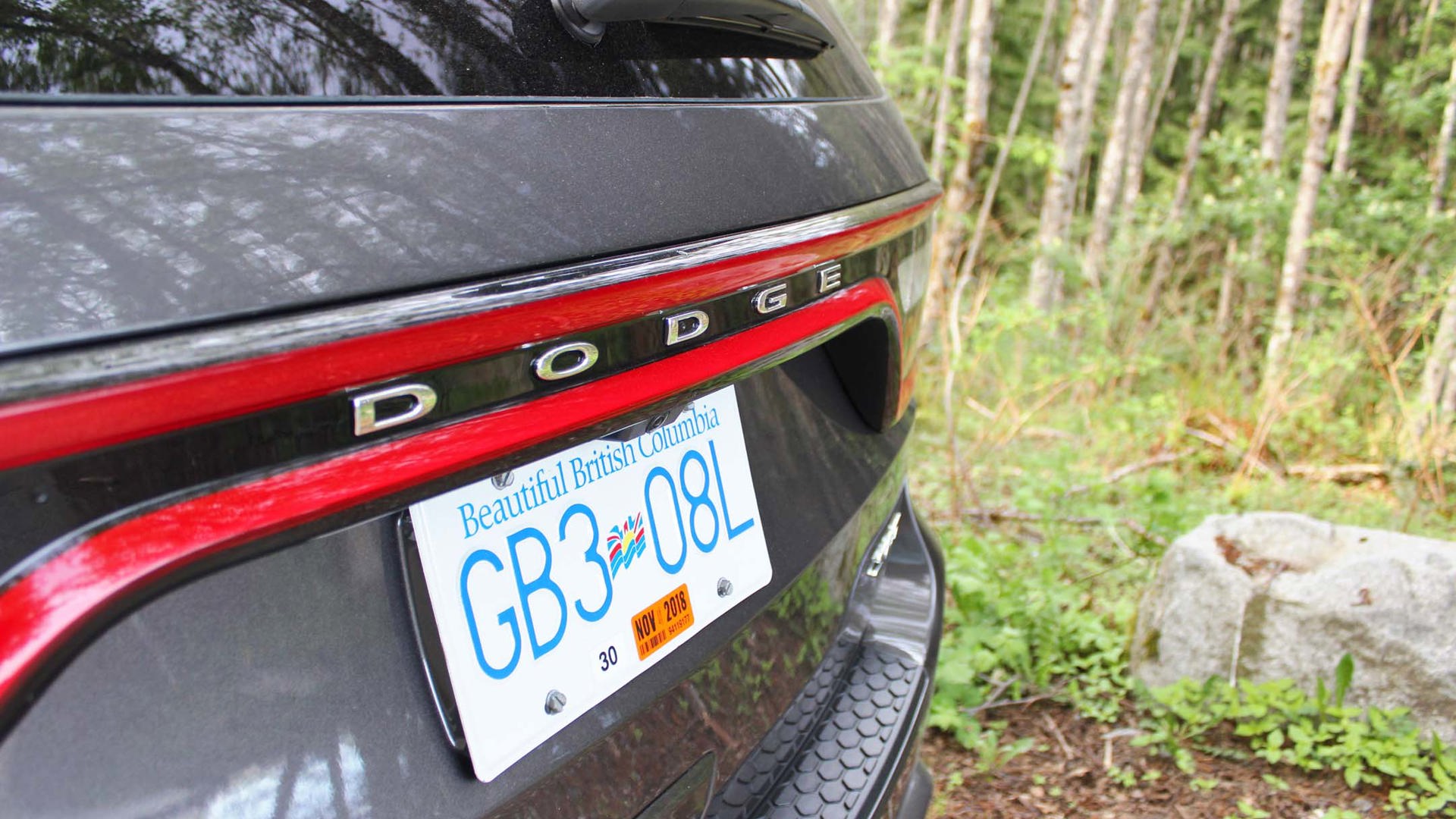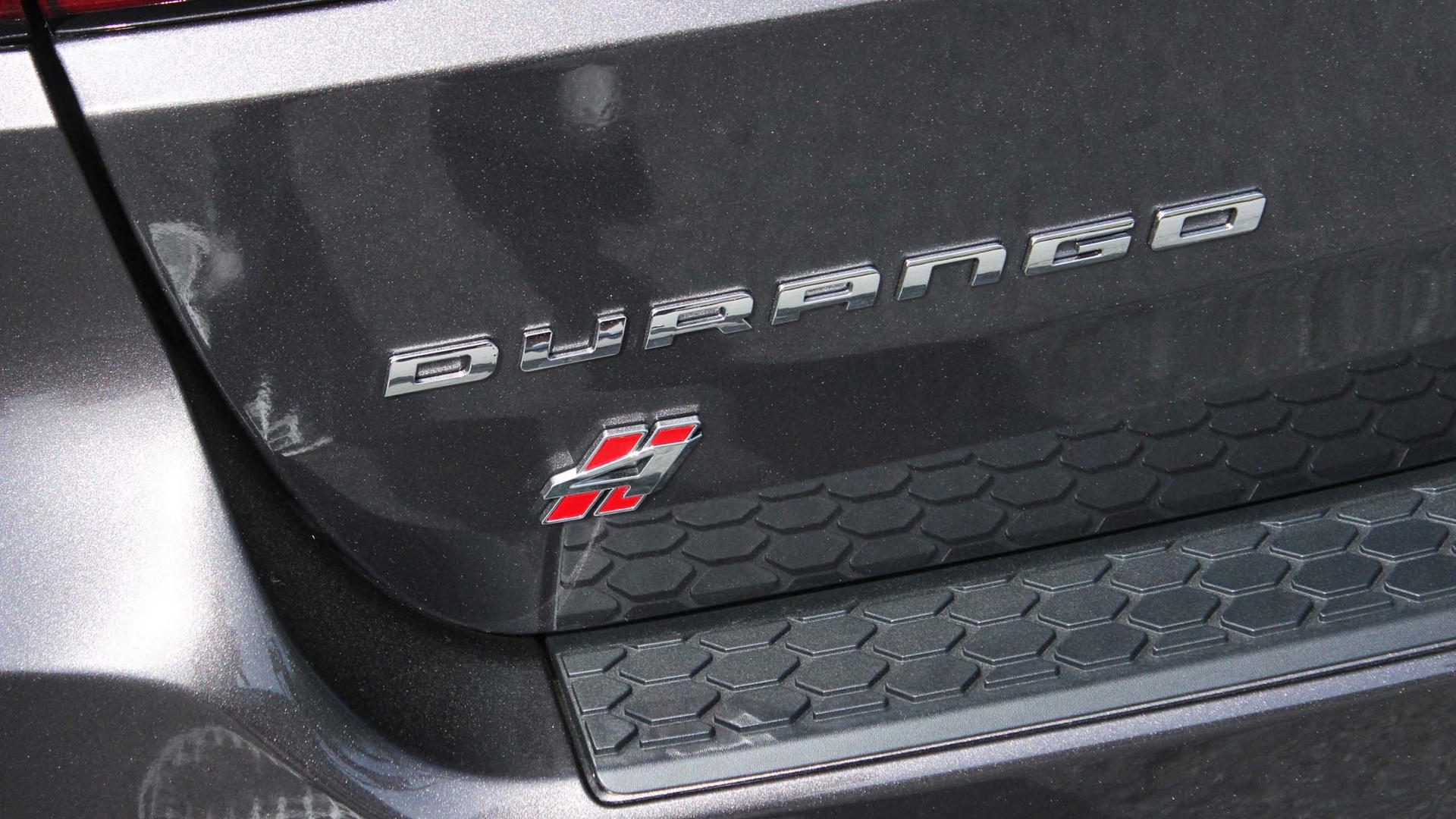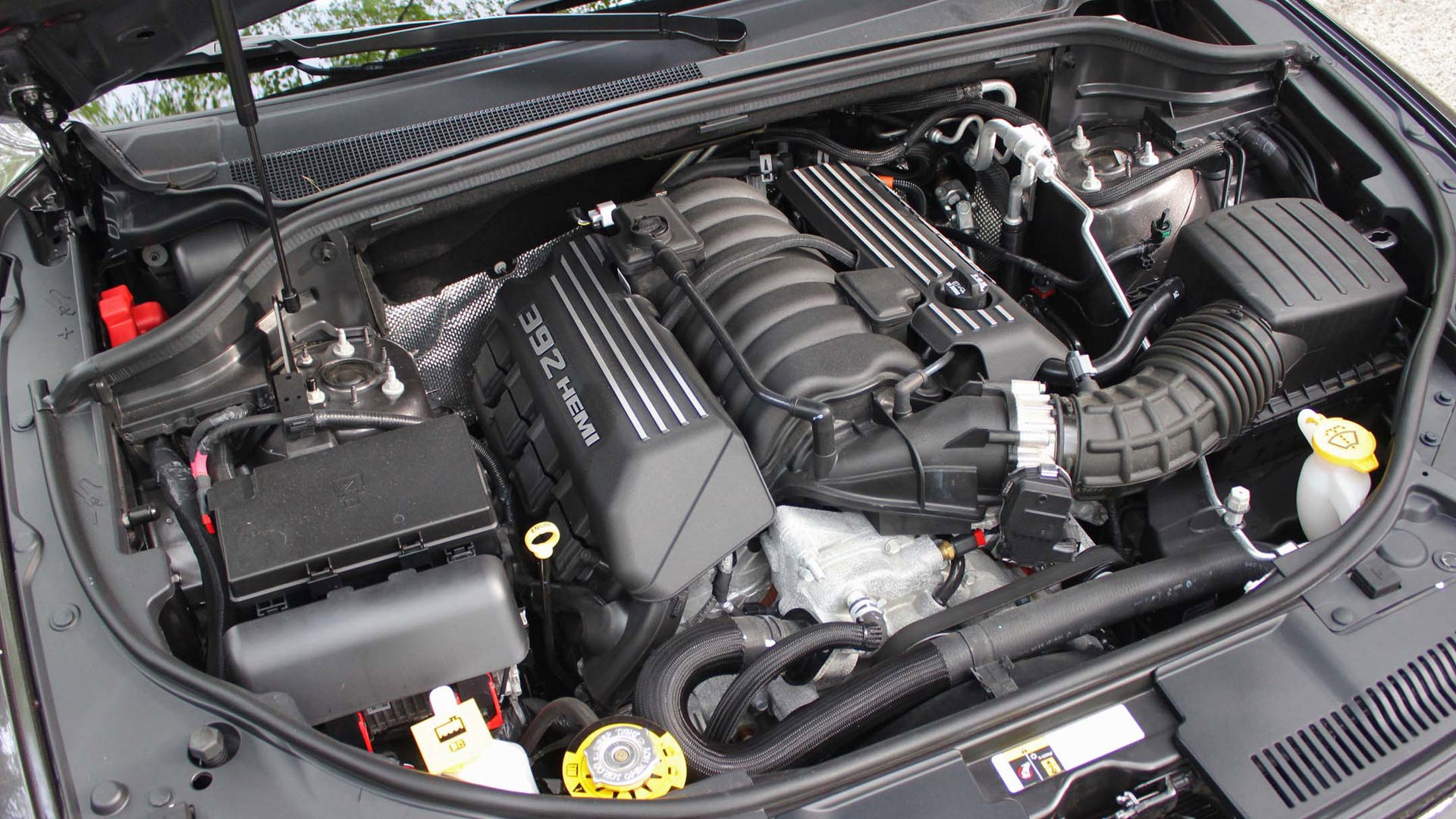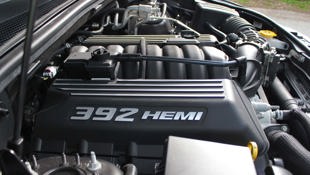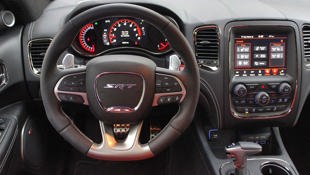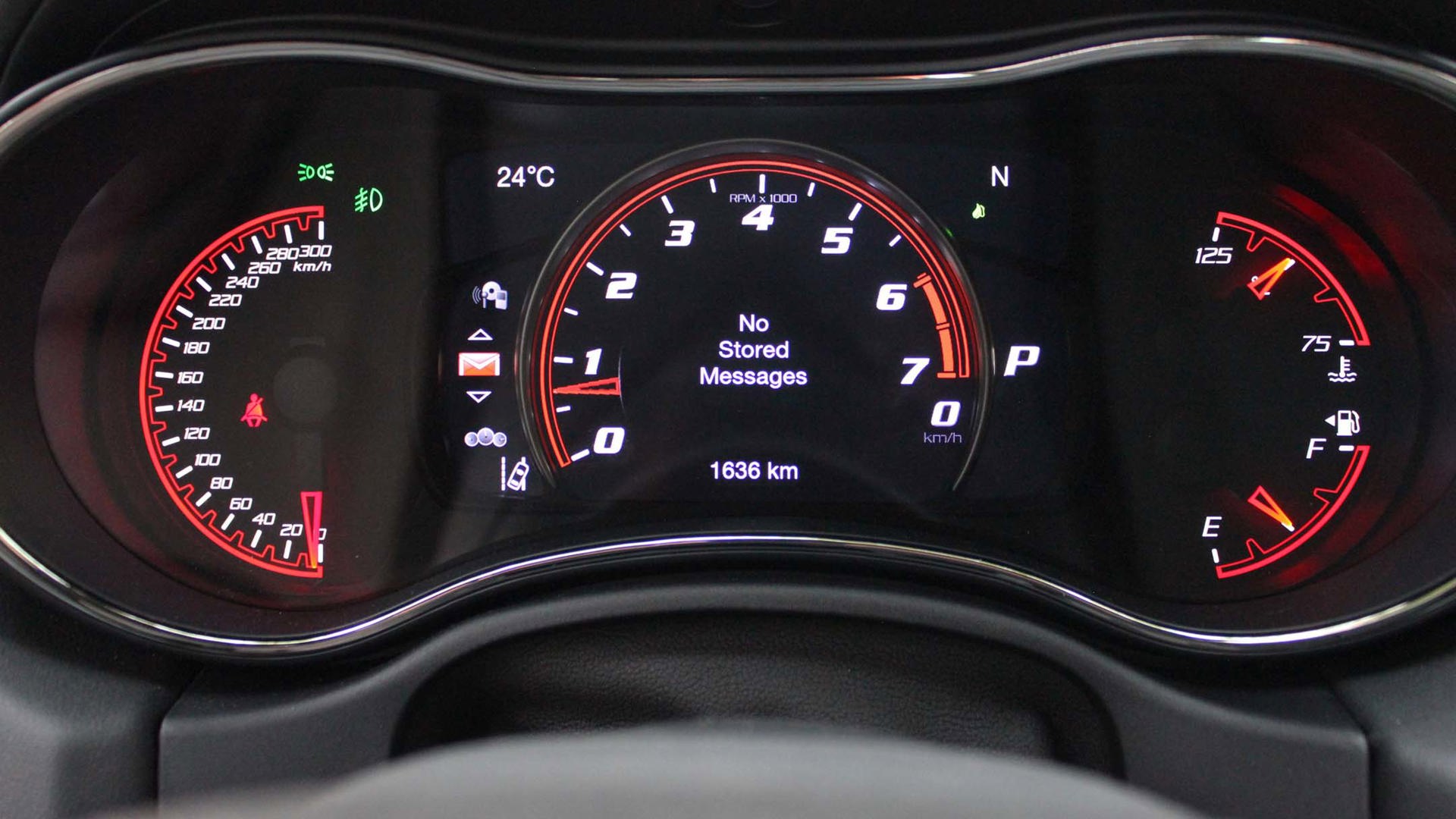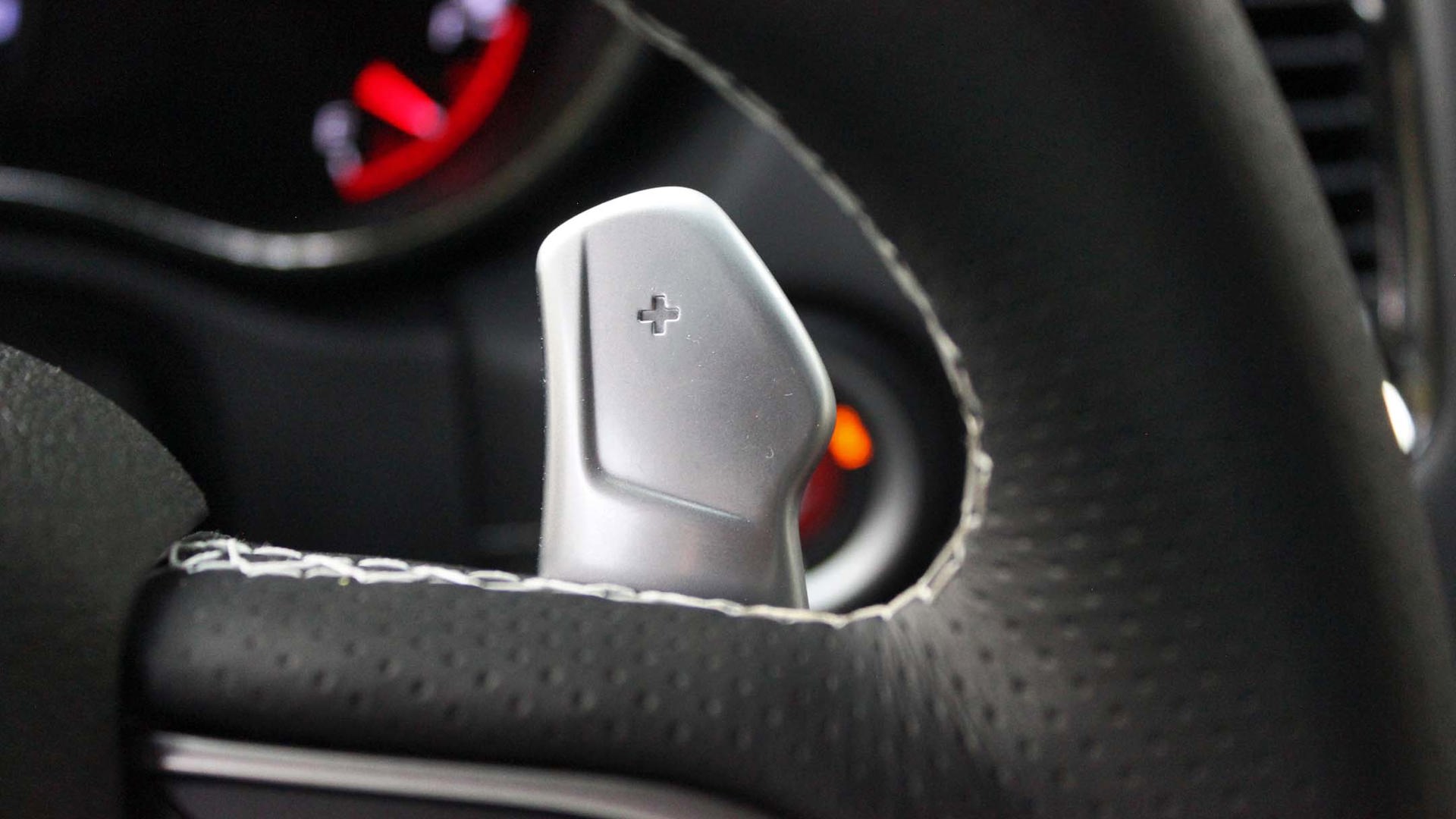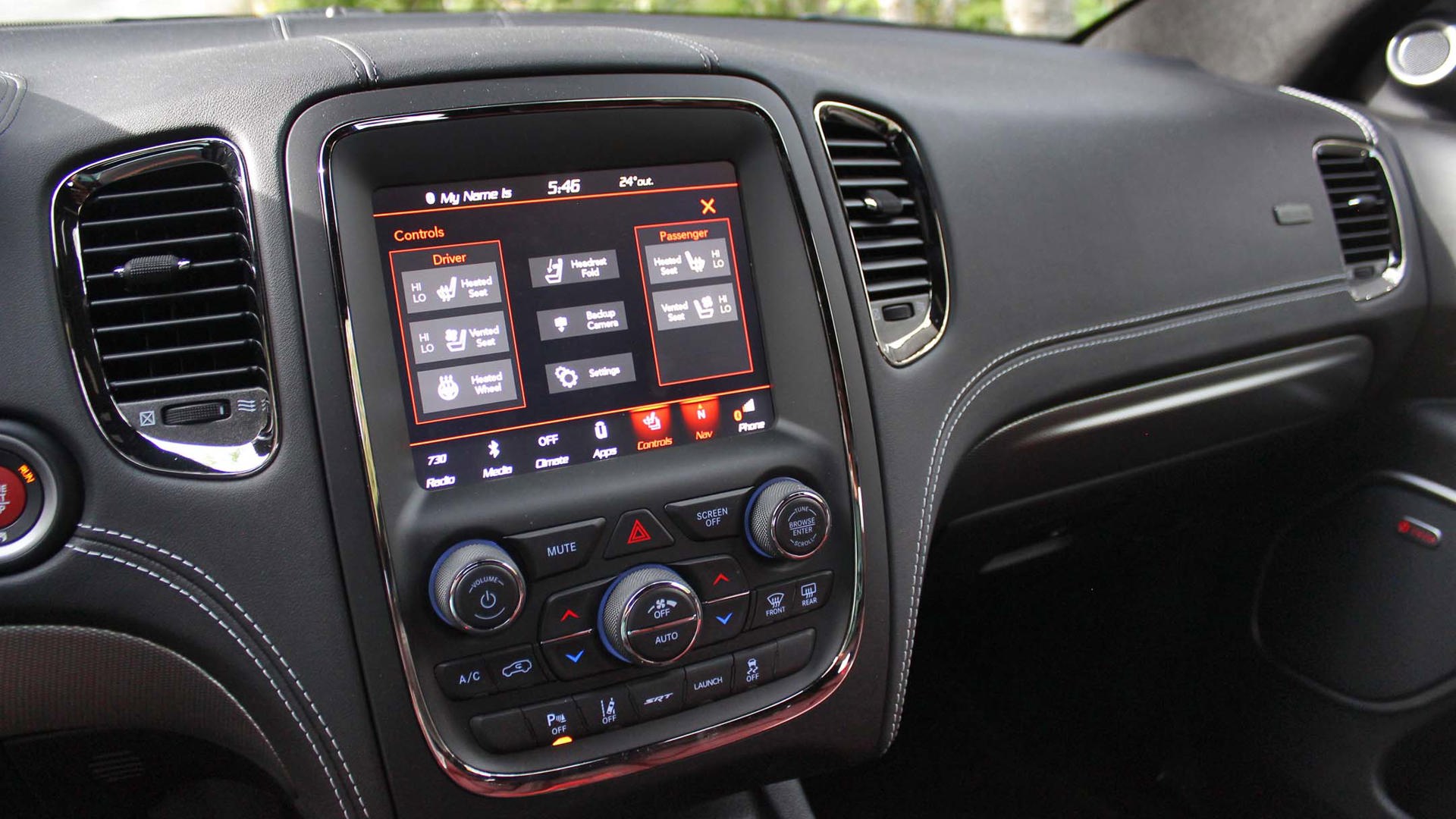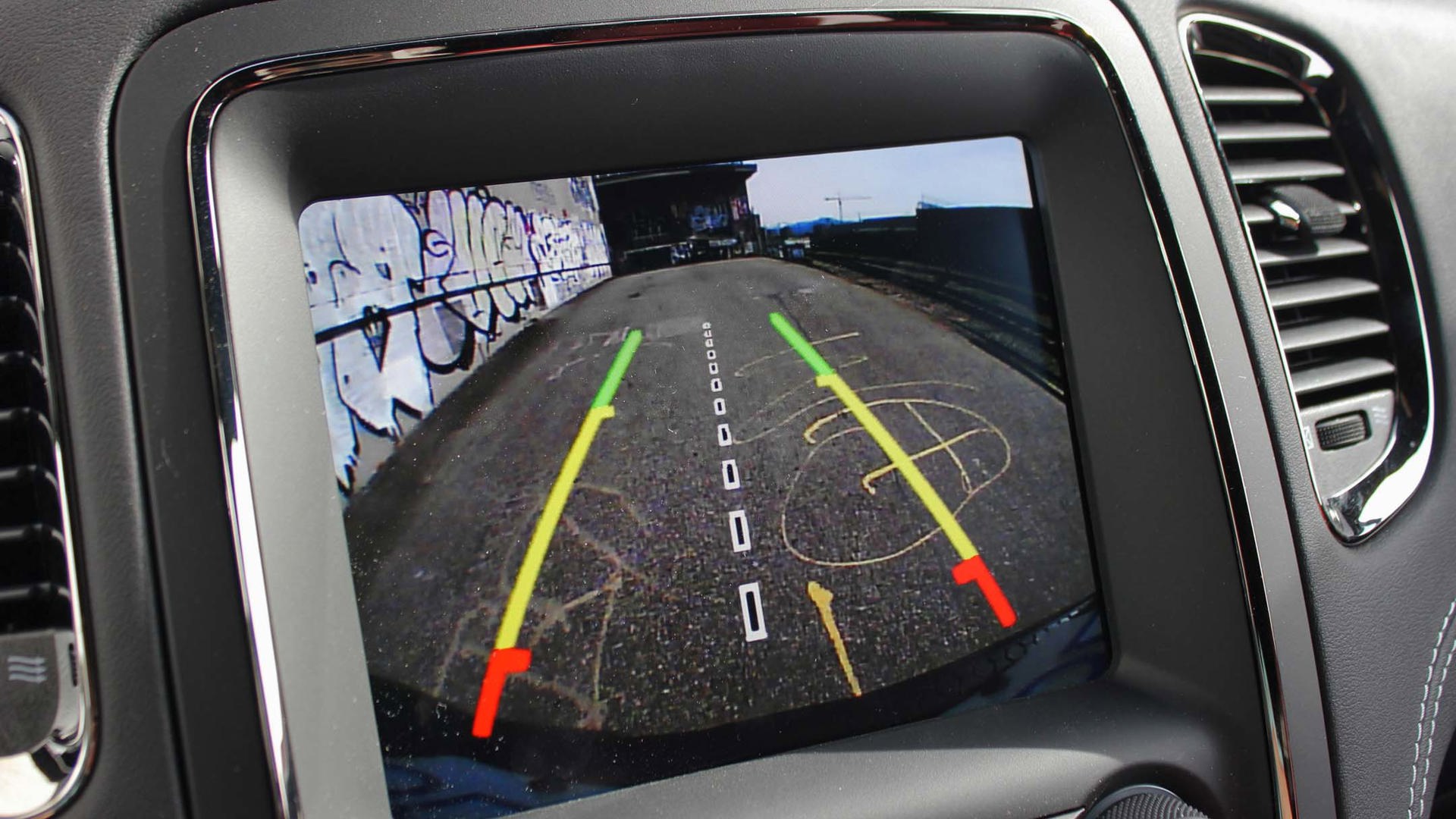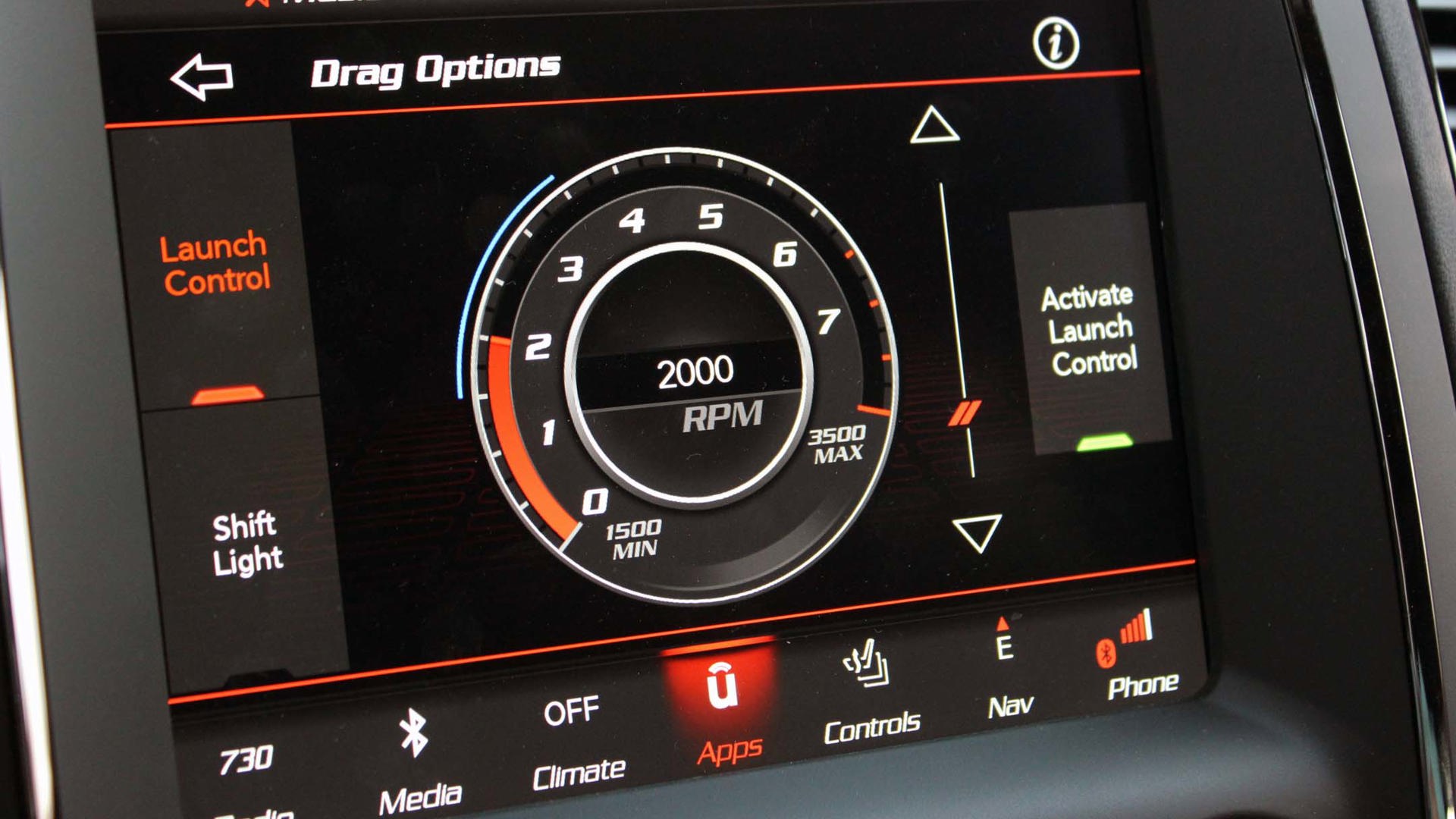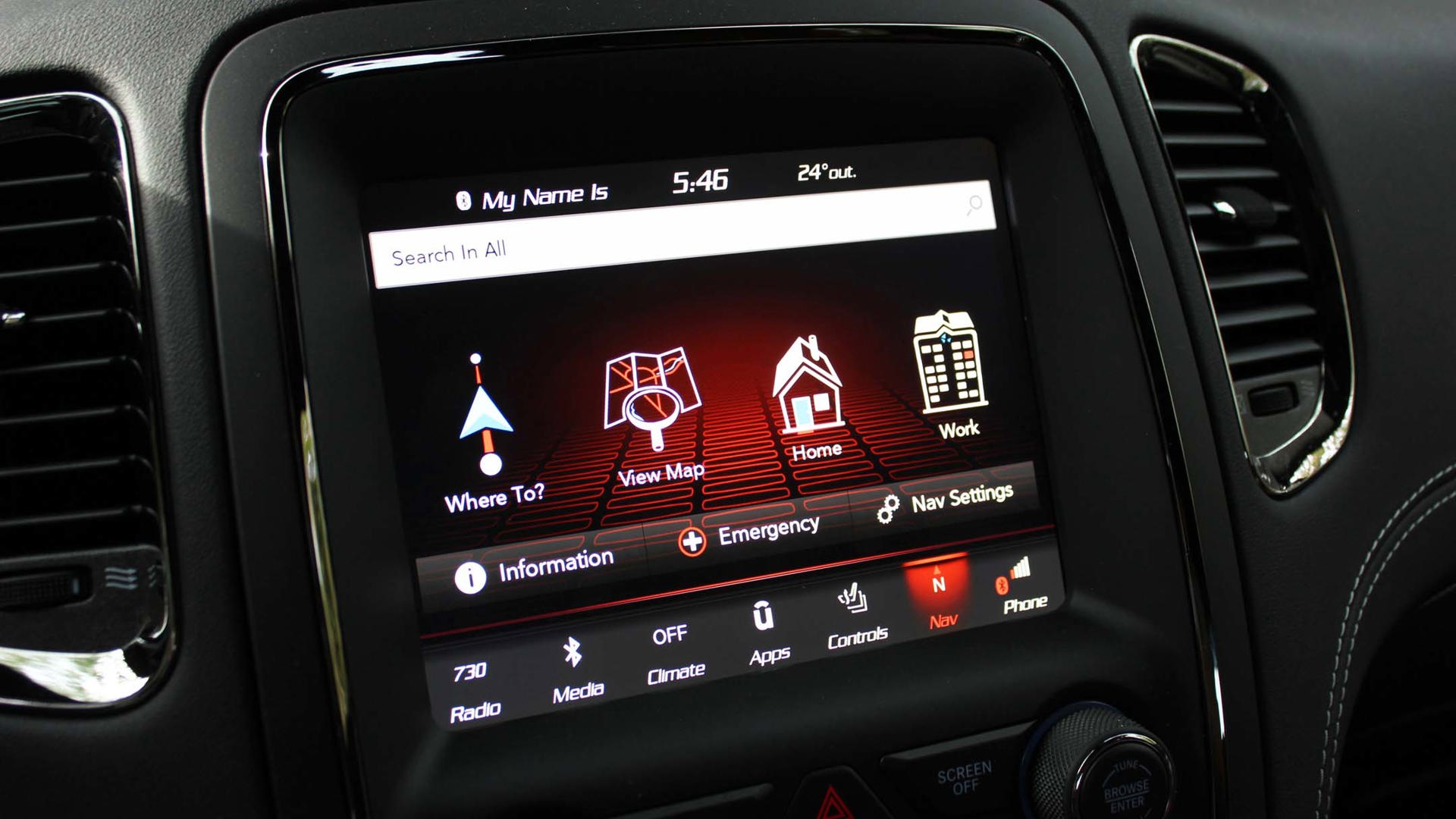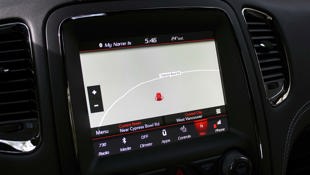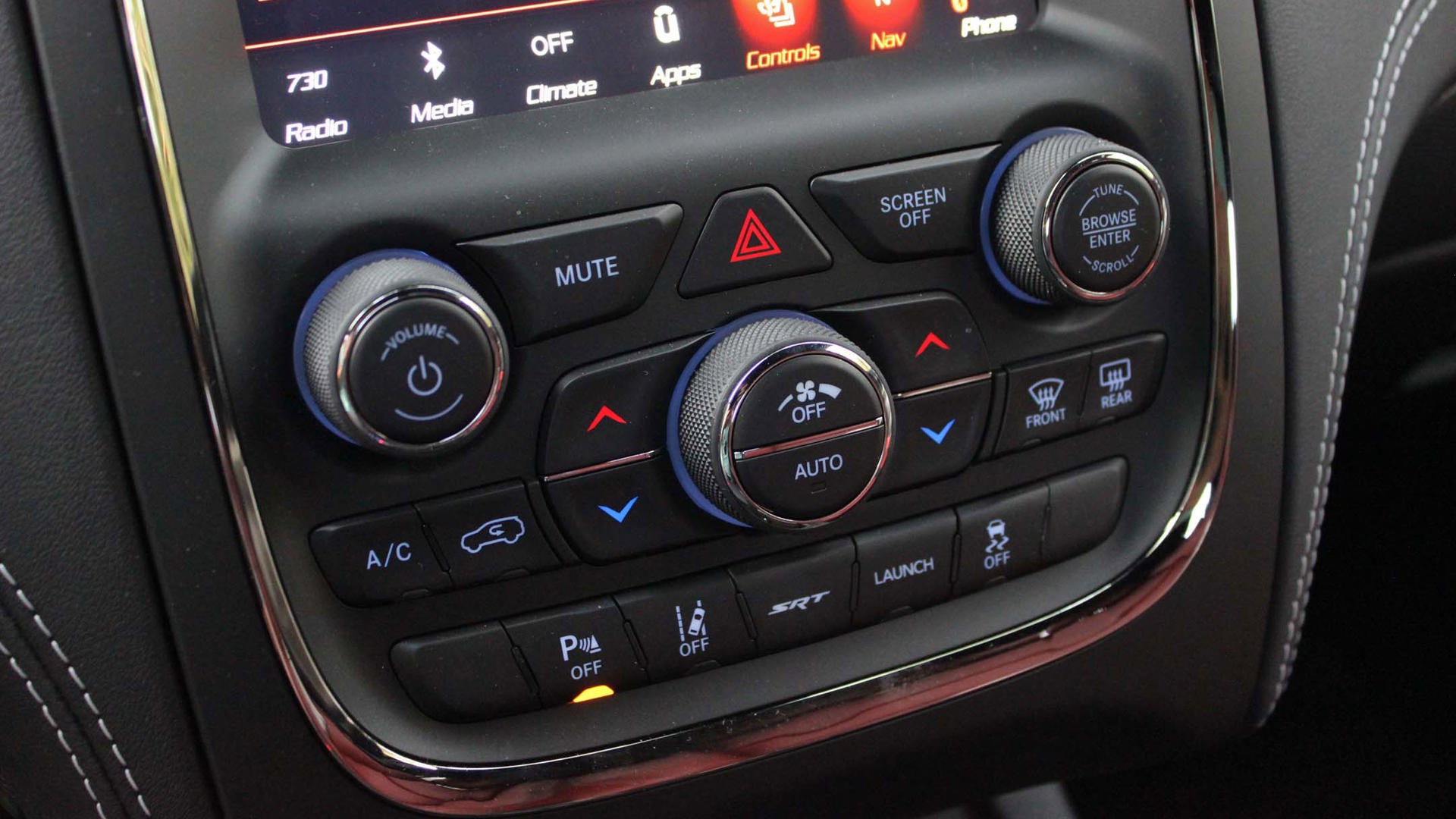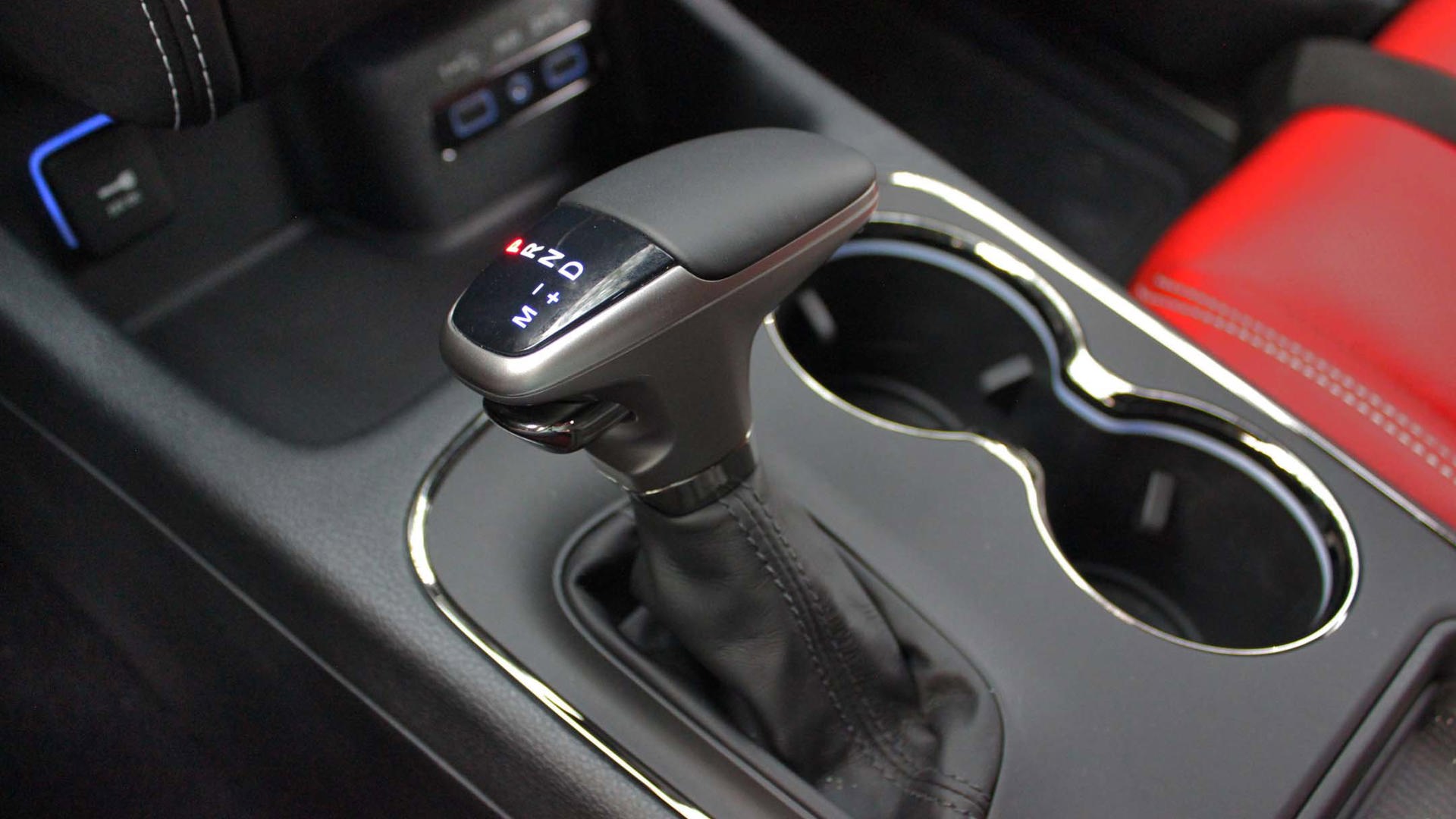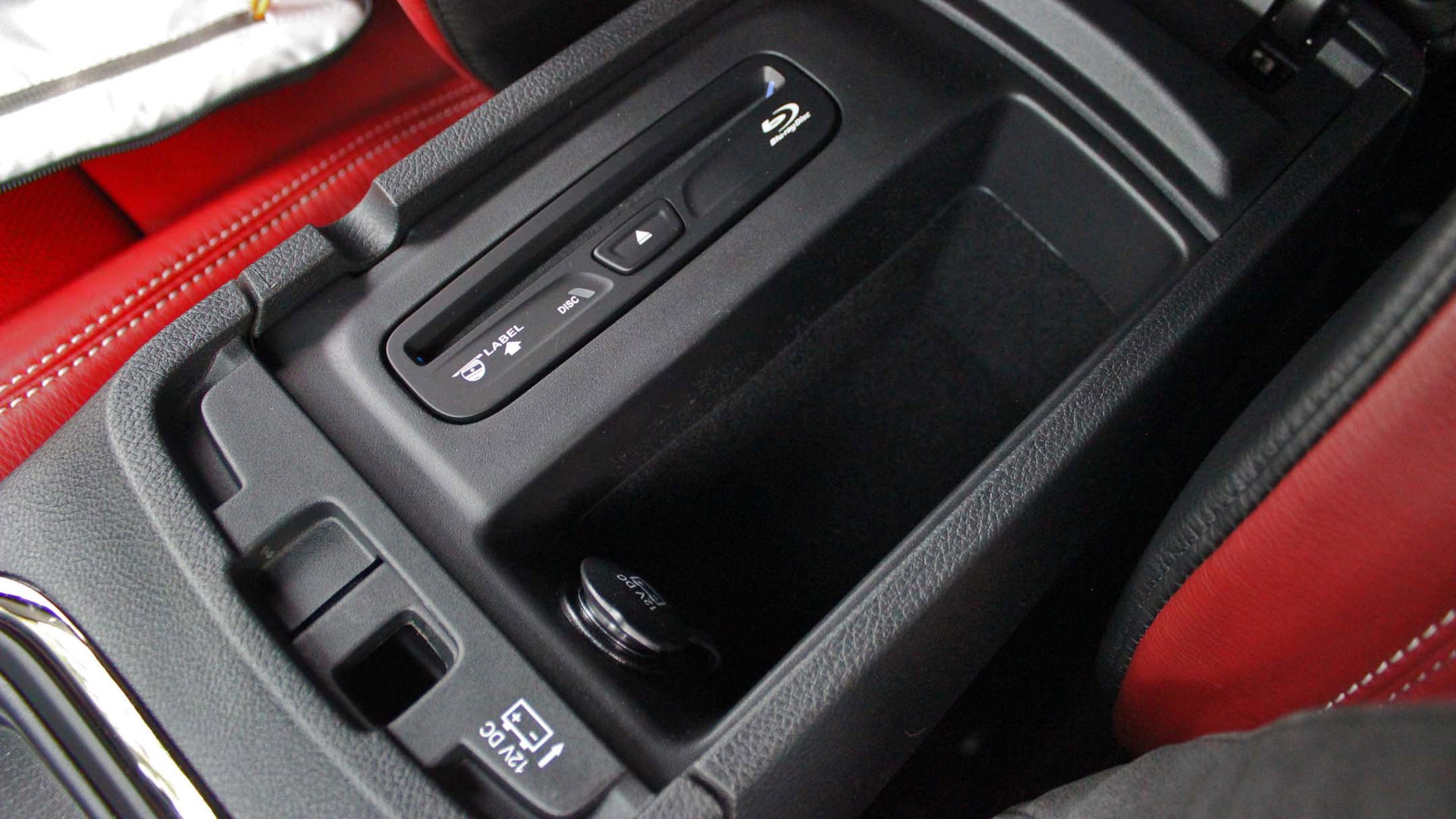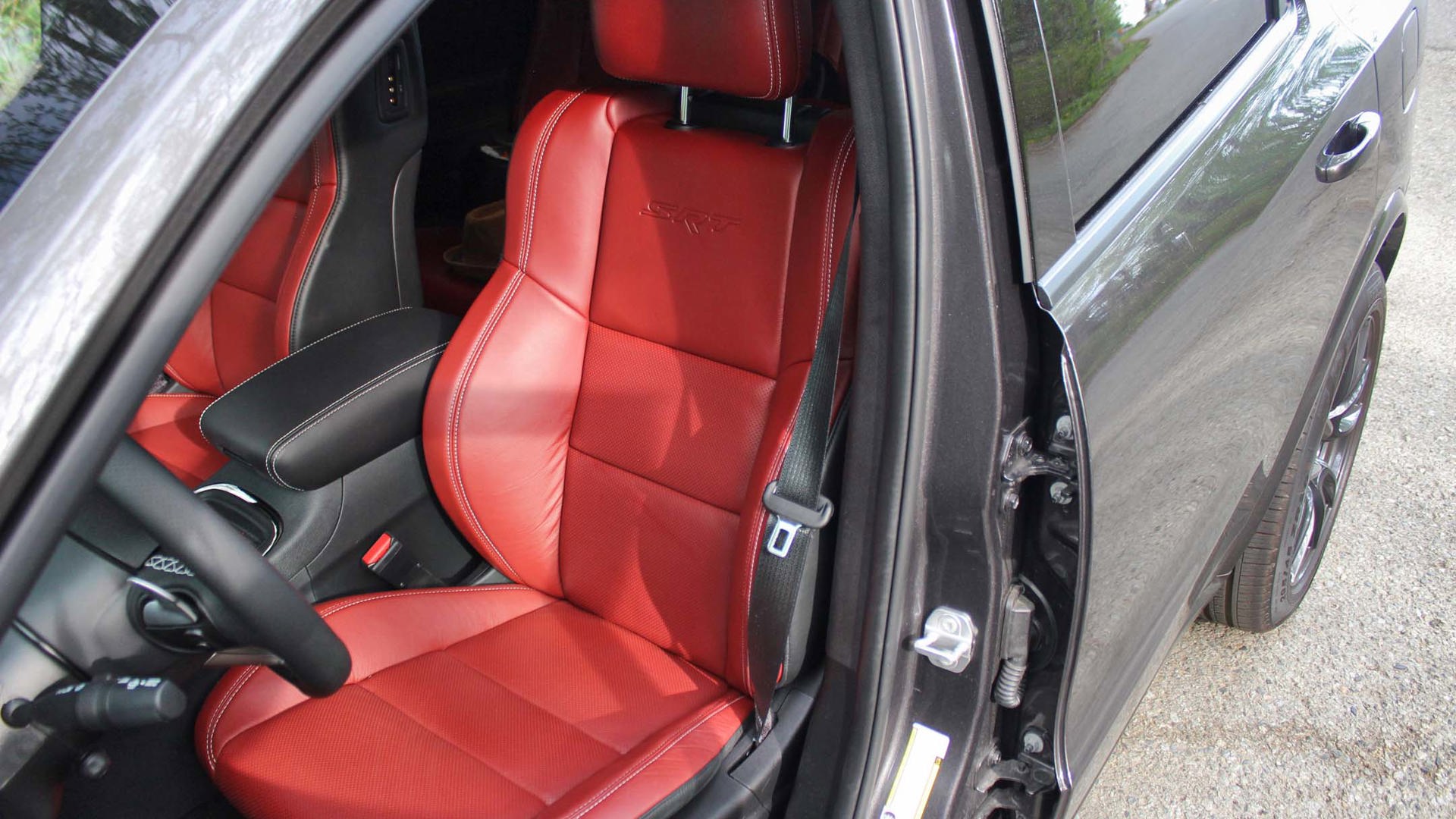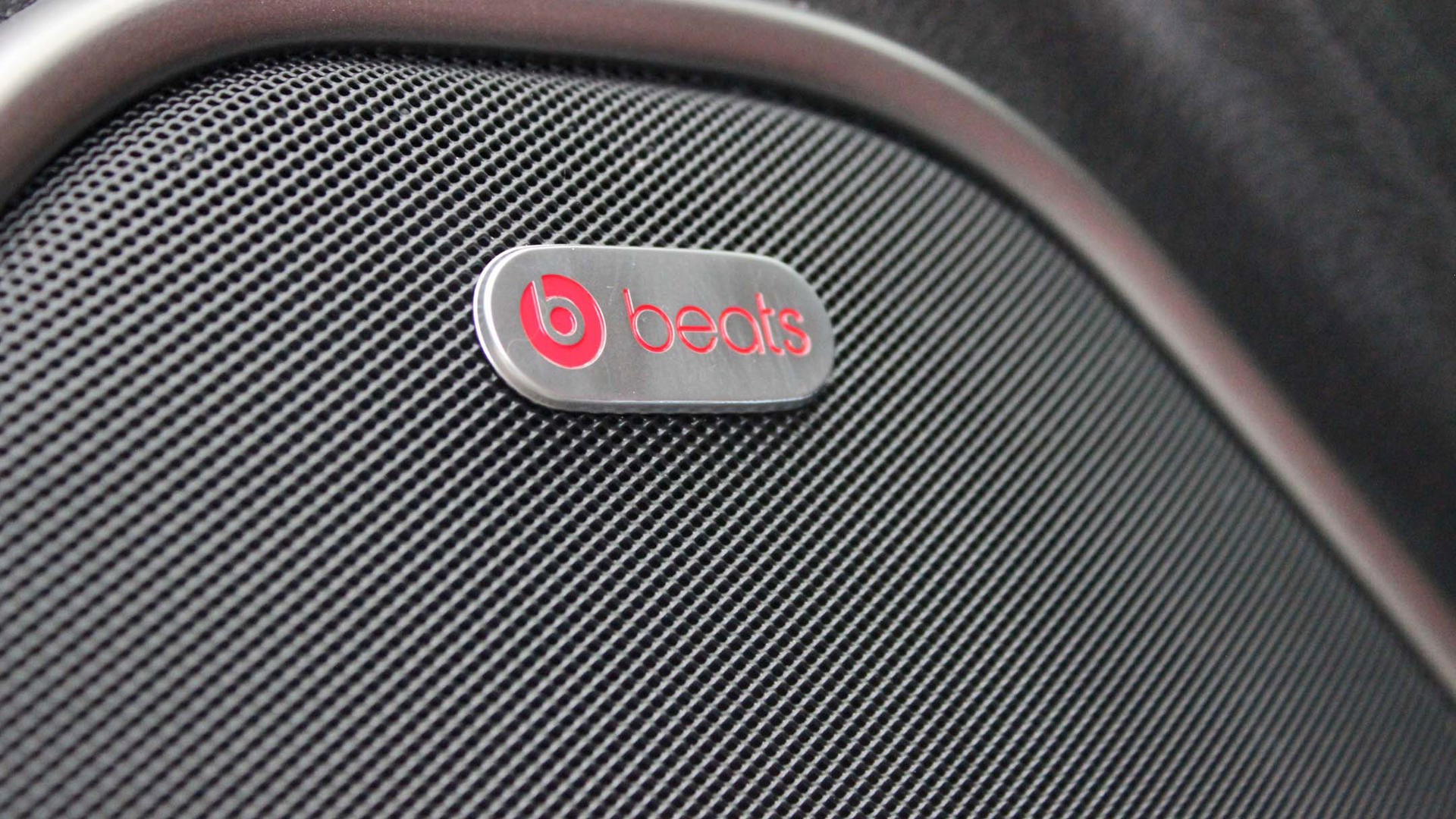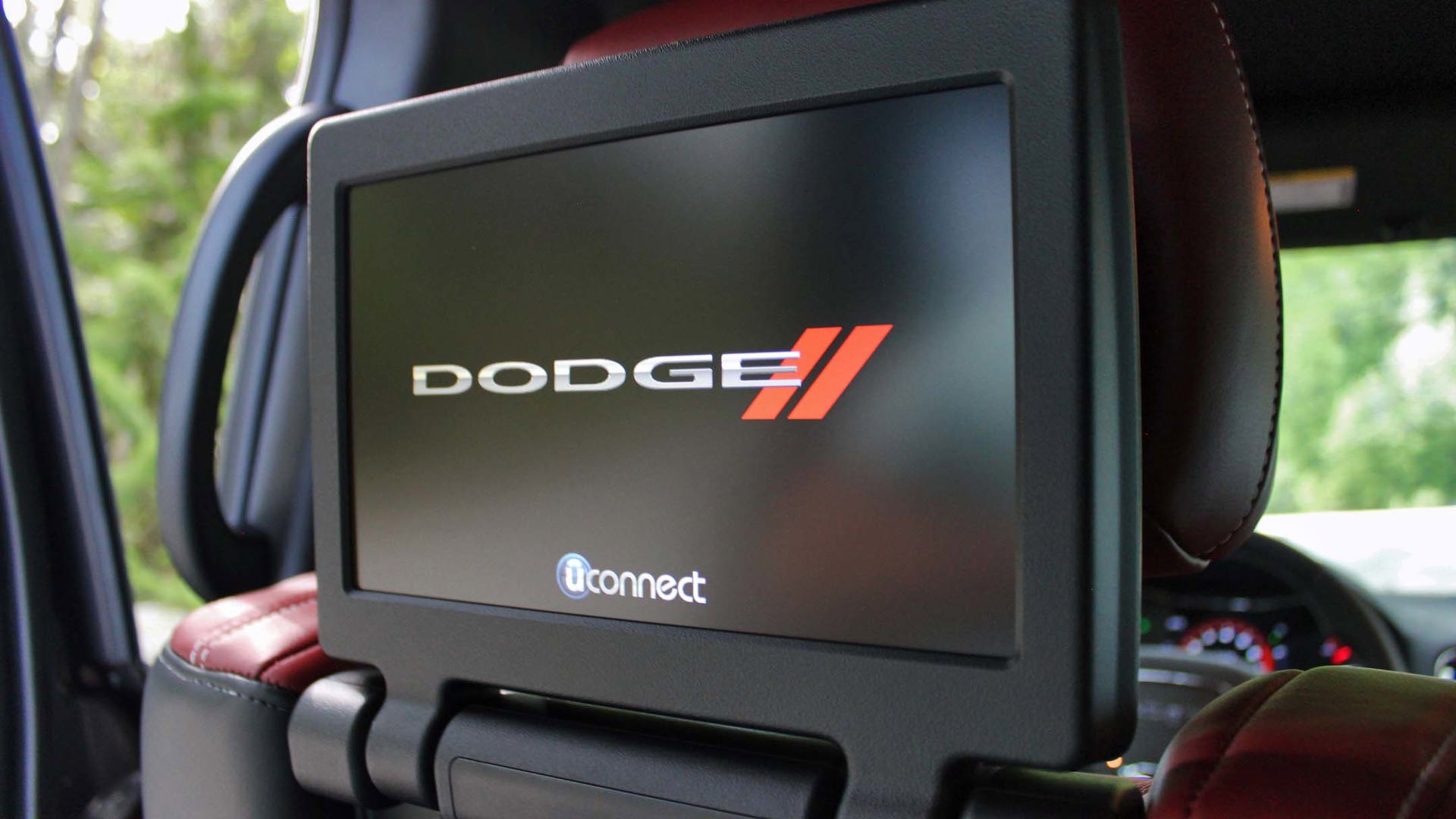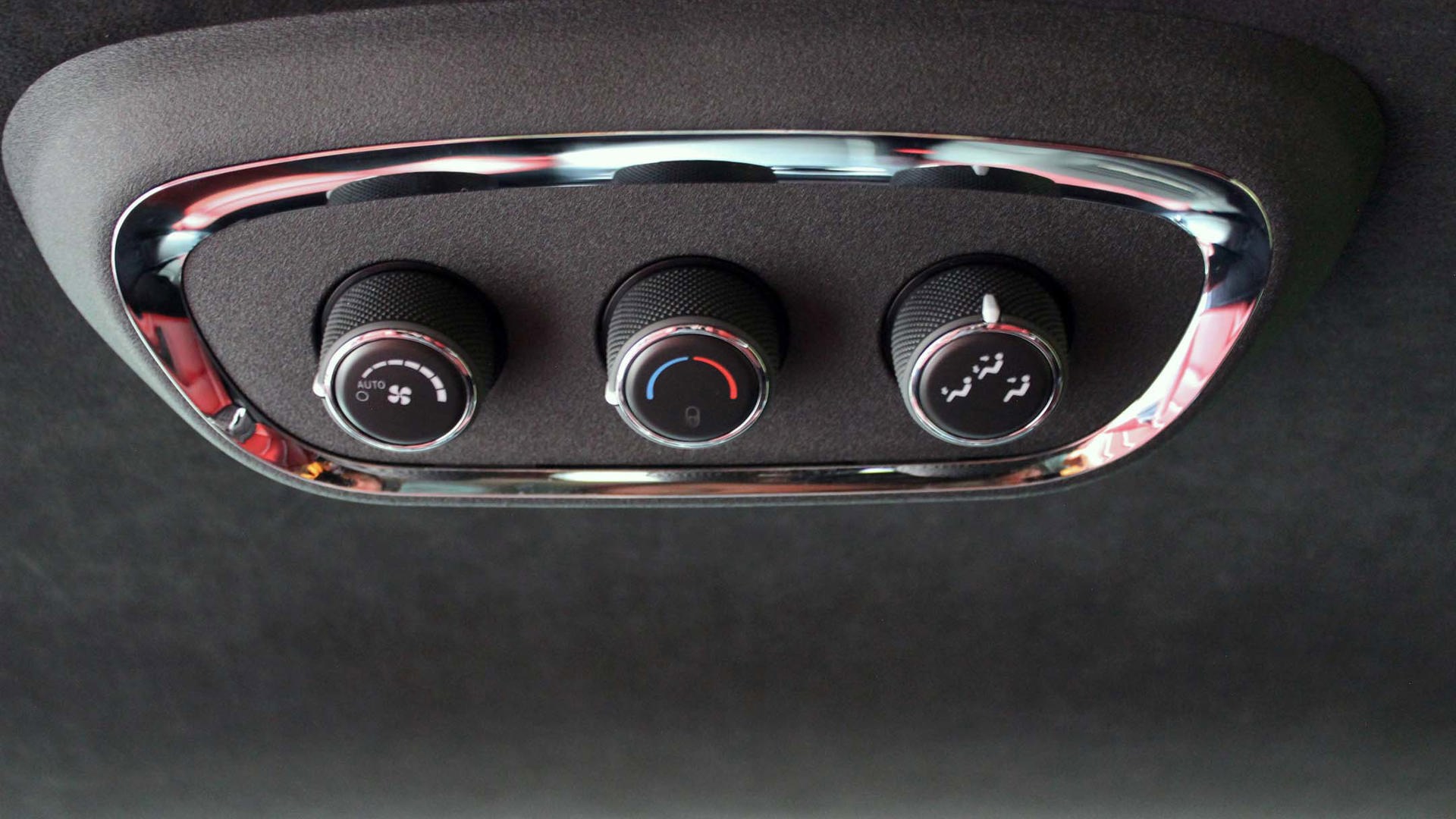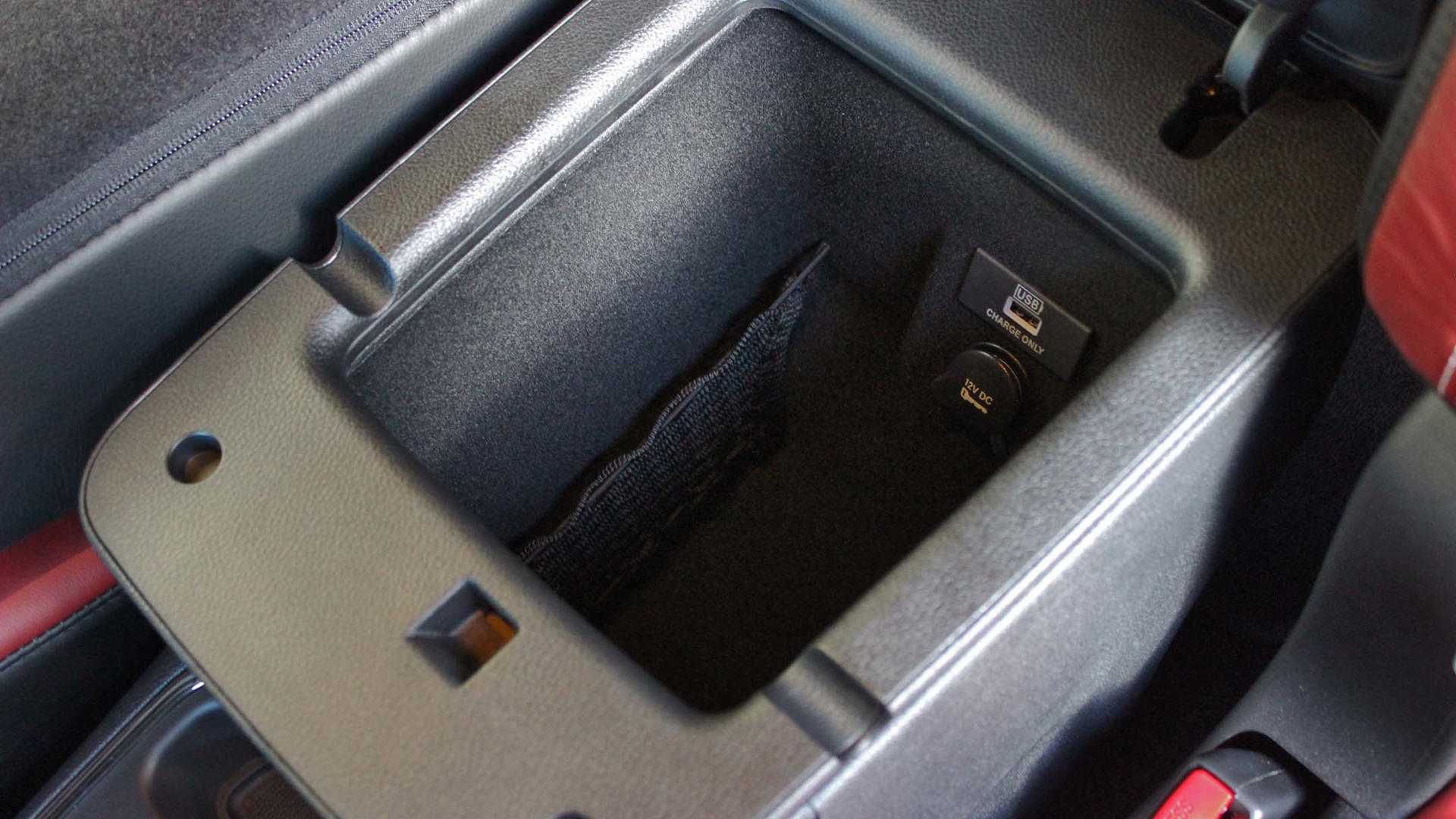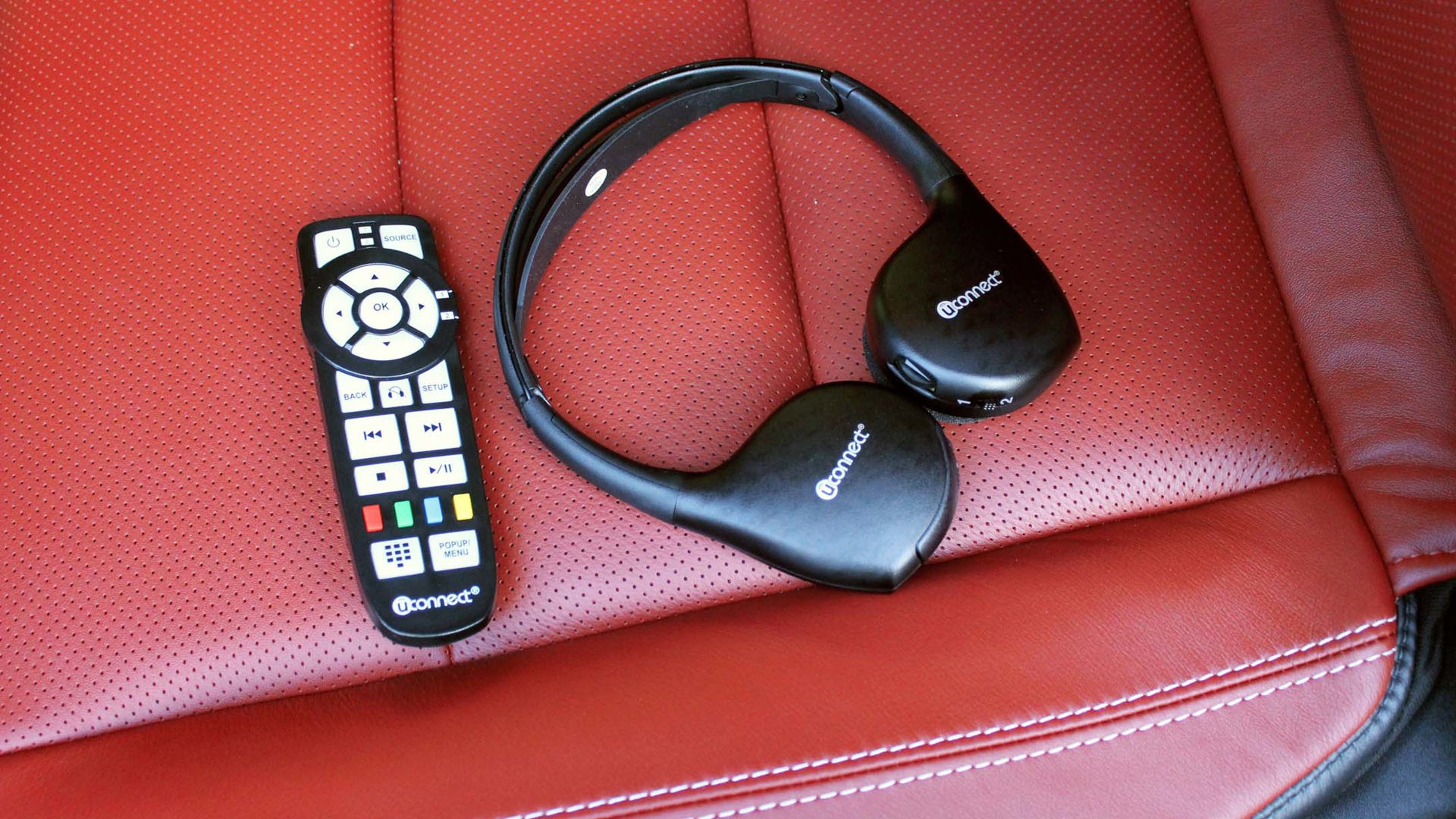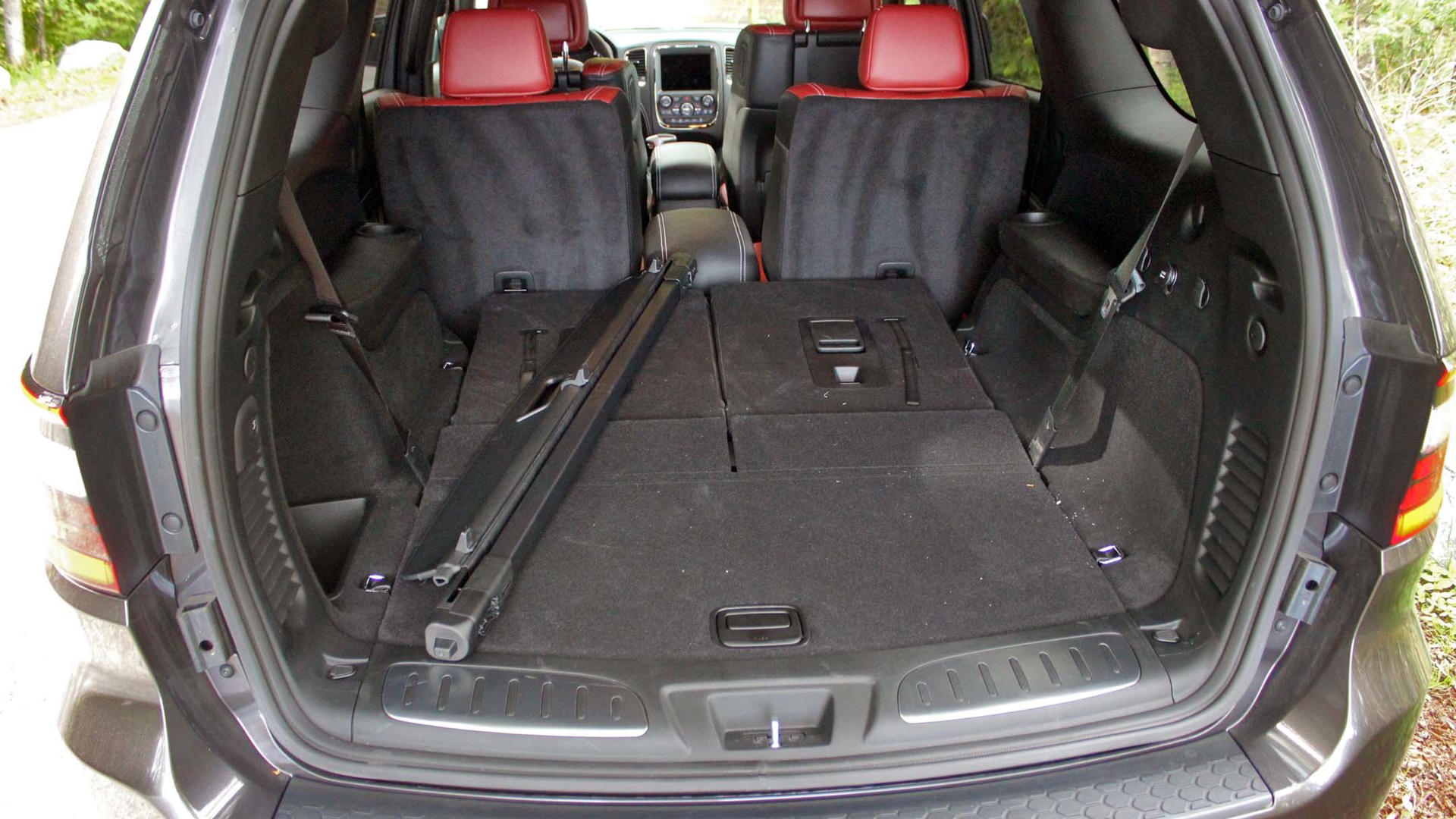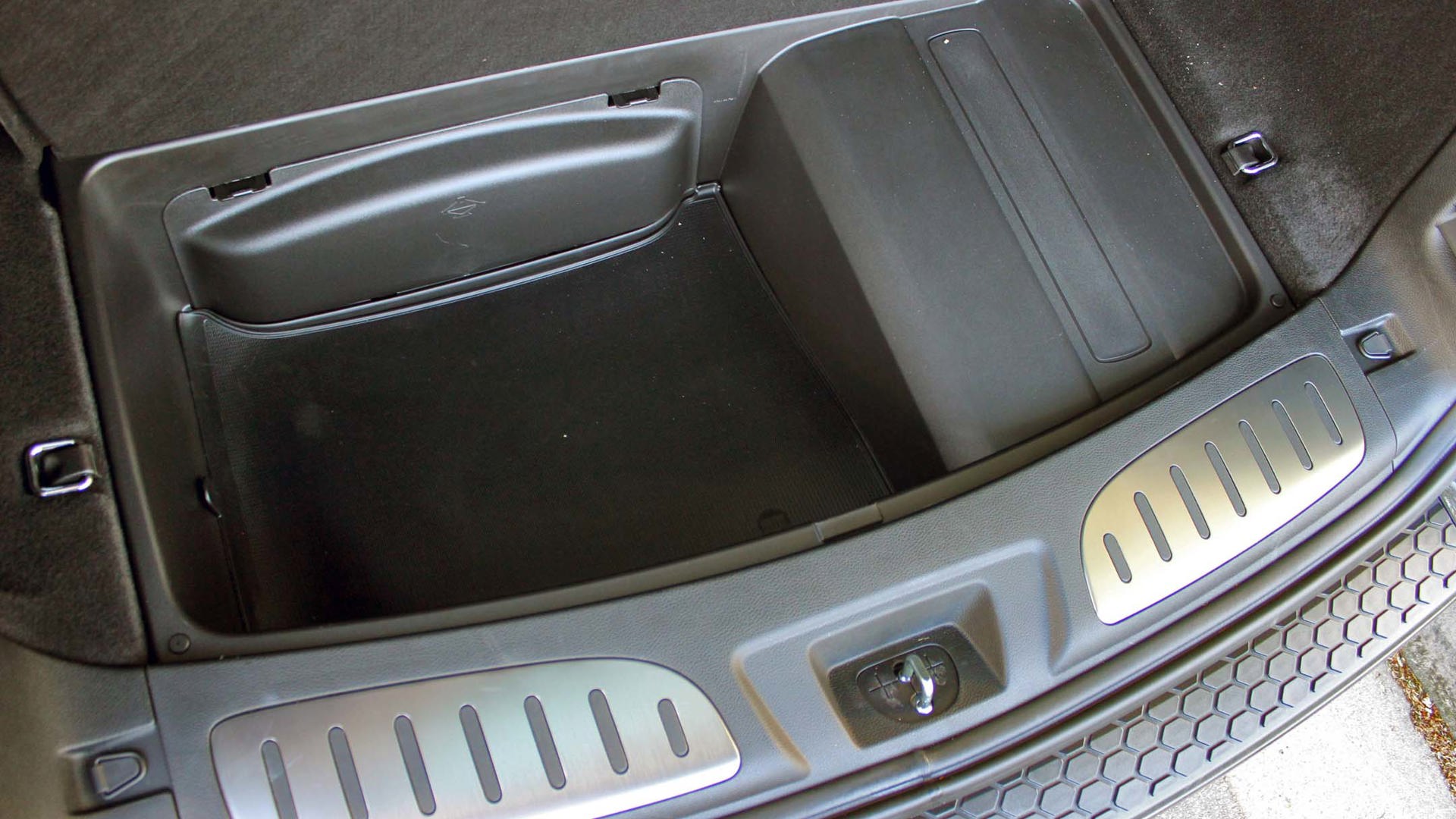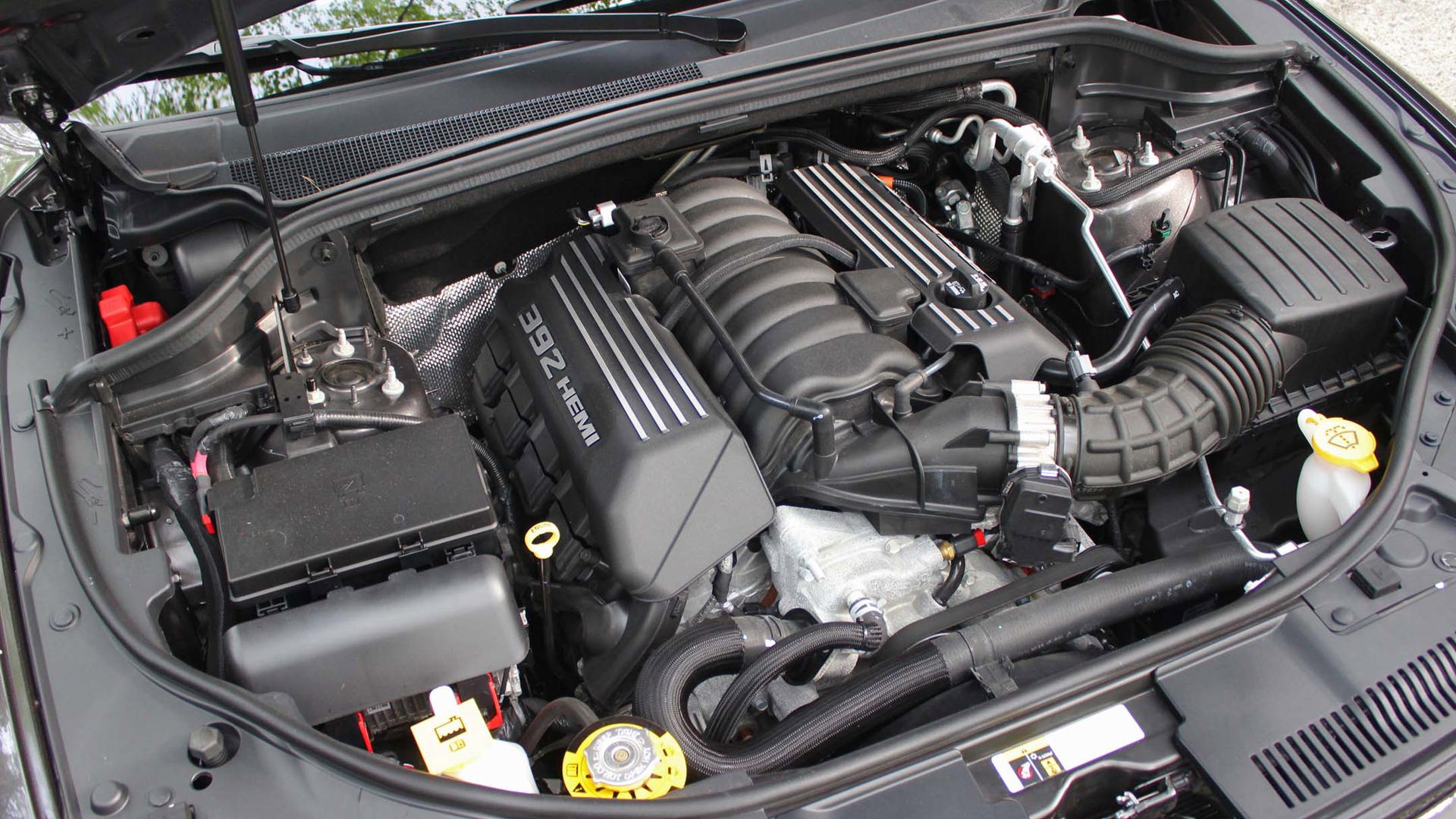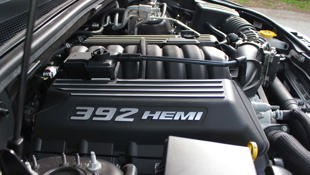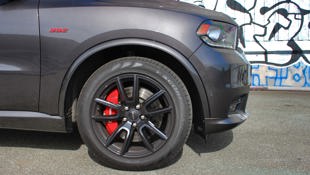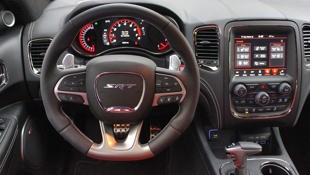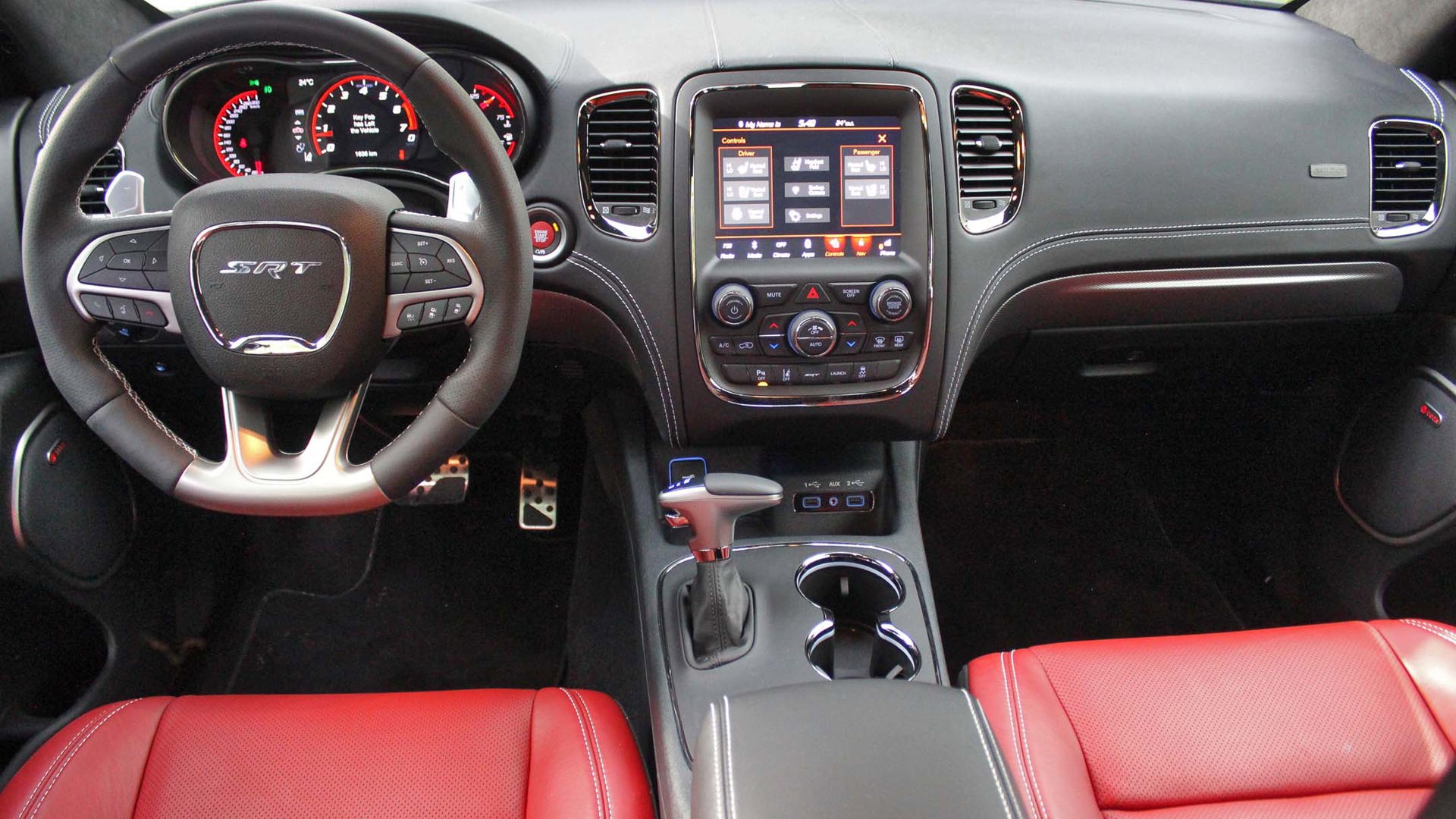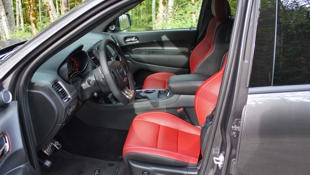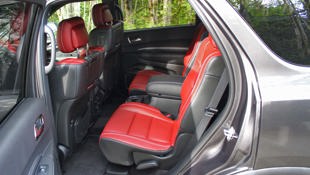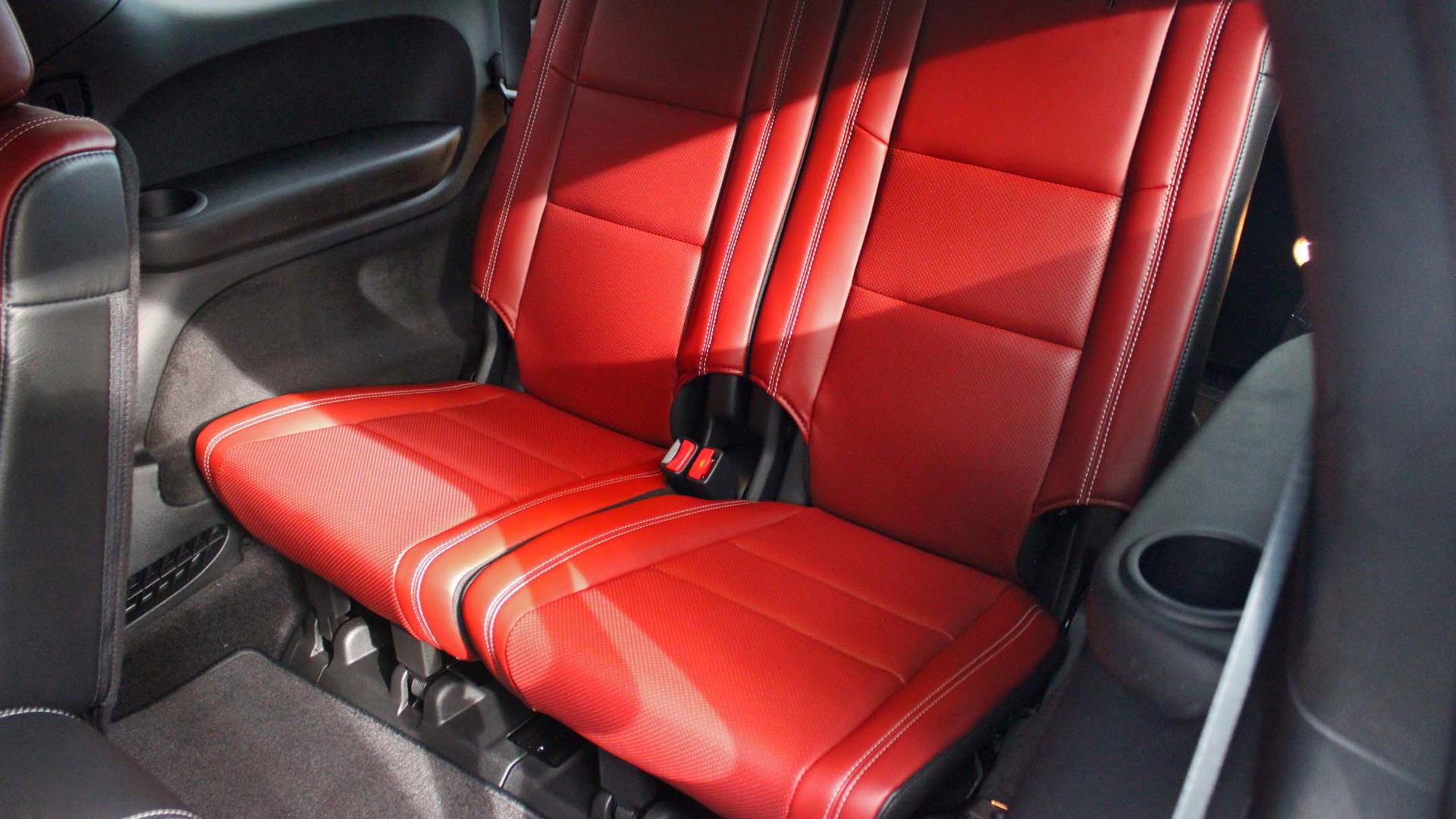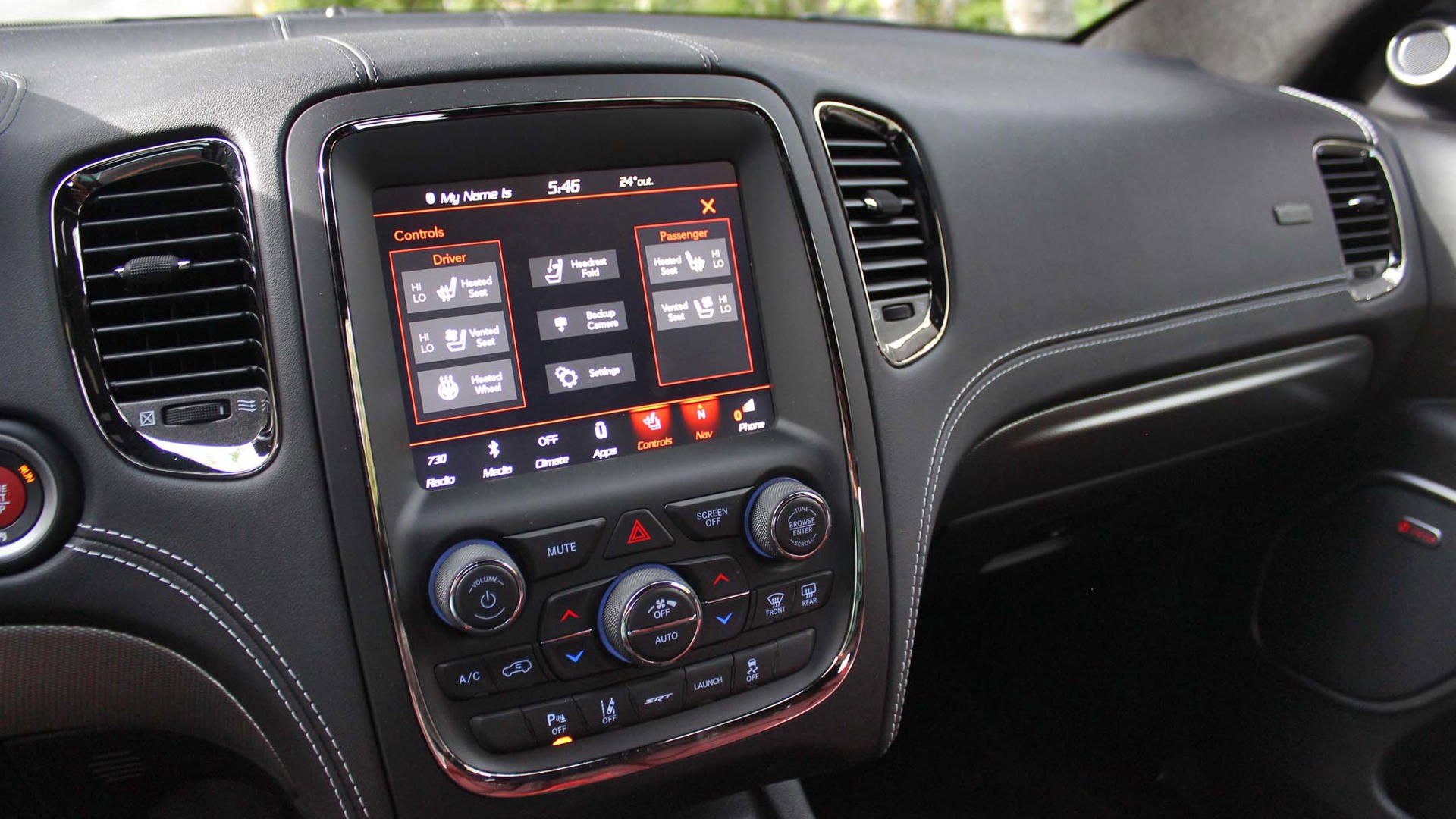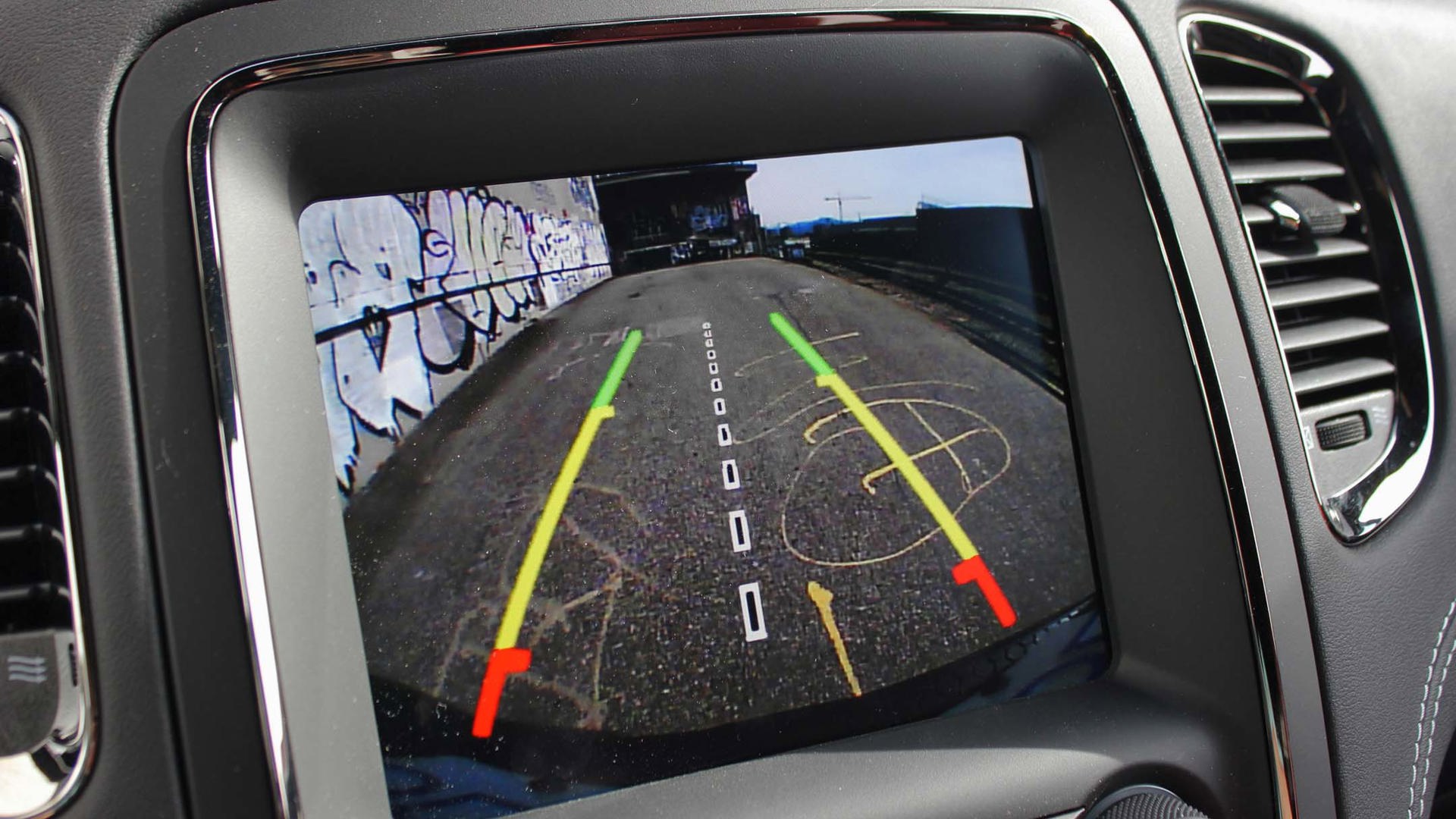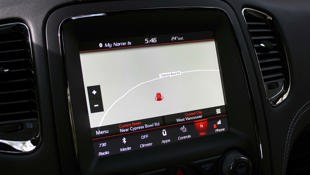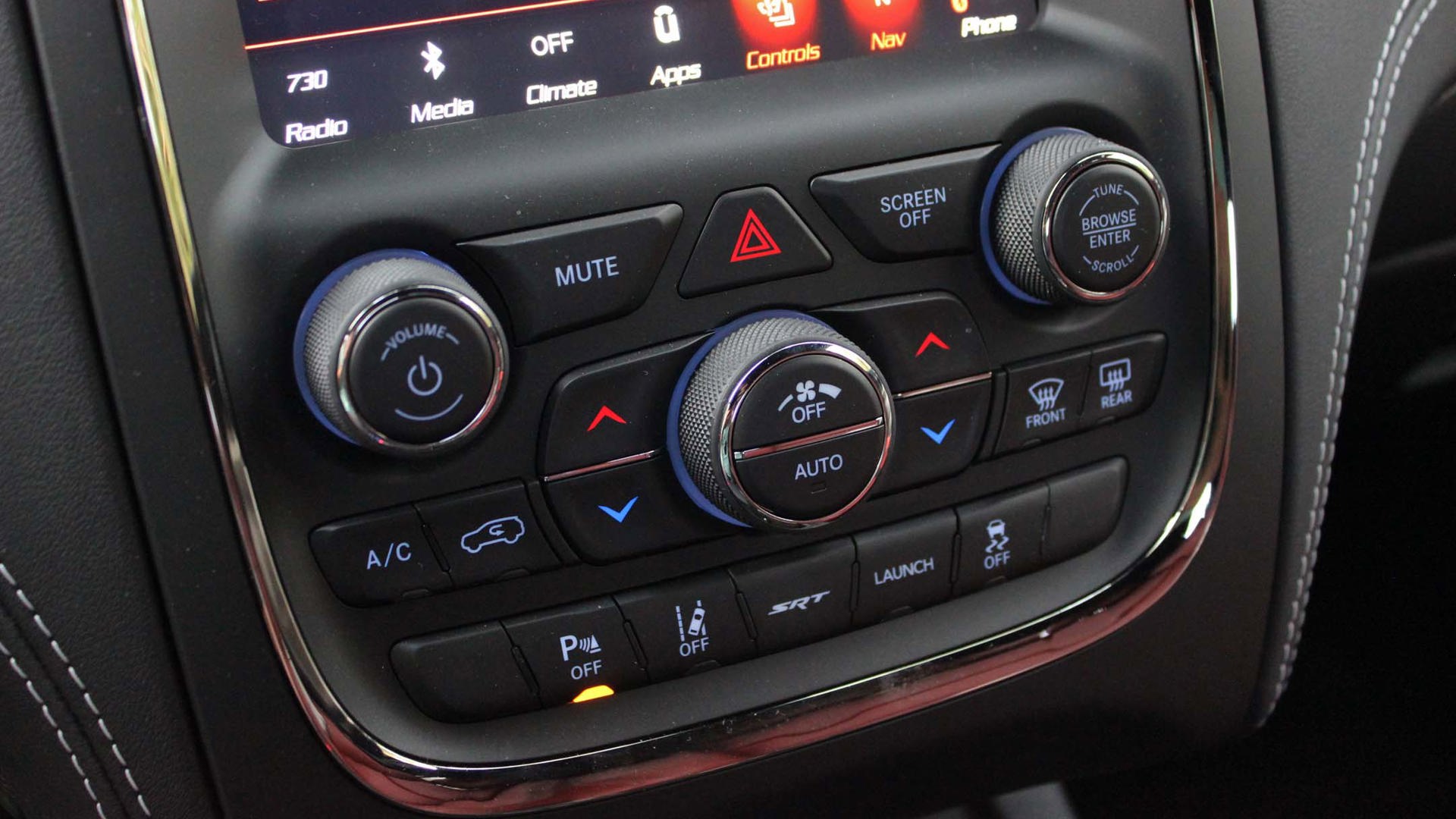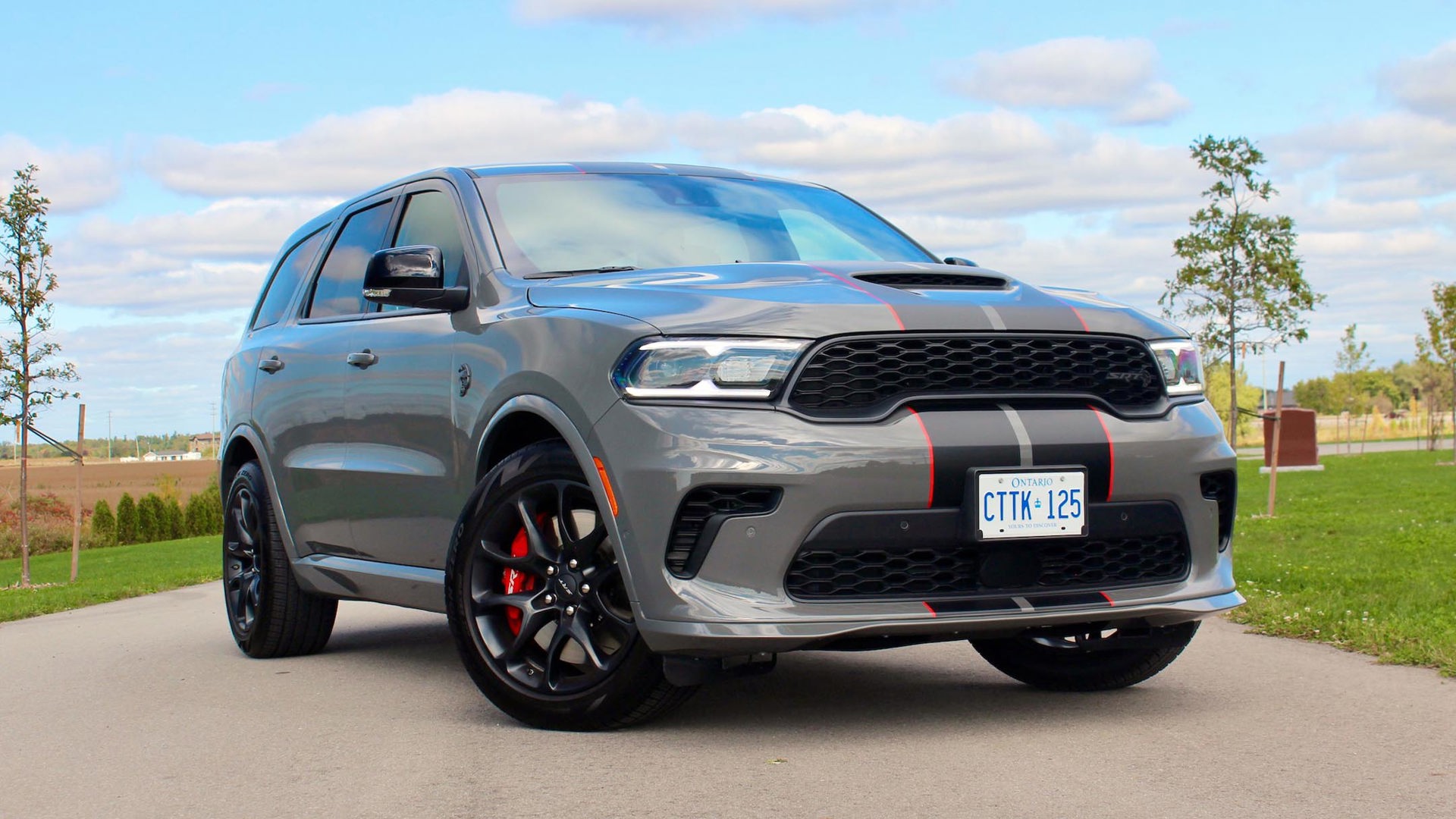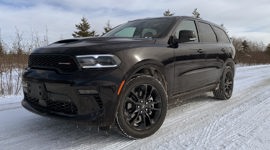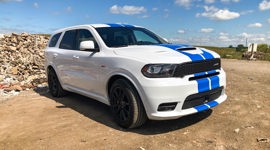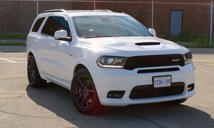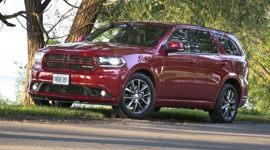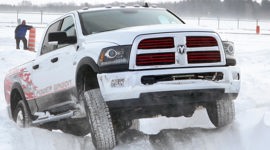 AutoTrader SCORE
AutoTrader SCORE
-
STYLING8/10
-
Safety8/10
-
PRACTICALITY8/10
-
USER-FRIENDLINESS7/10
-
FEATURES8/10
-
POWER9/10
-
COMFORT7/10
-
DRIVING FEEL8/10
-
FUEL ECONOMY6/10
-
VALUE7/10
When it comes to music, I’m proud to say that I’m not one to go halfway with the typical “Oh, you know, I like all genres blah blah blah.” – I have my favourites, and I have no problem letting anyone know why they are, should they ask.
Make your way to the 5,900 rpm redline and the noise will strip the paint off most anything you pass.
On the flip side of that coin, however, I’m also quick to point out which genres I really don’t like, and one of those is country. I’ll probably catch my fair share of “What?! Carrie Underwood is a goddess! Her voice is a cross between Prince and The Little Choir of Antoniano,” and “How dare you disparage Shania Twain – she’s a Canadian icon,” flak from country music fans, and I’m prepared for that.
However, like that one cast member you love in a movie you otherwise hate, there are a few diamonds in the rough, even with country music. For me, one of those is Copperhead Road by Steve Earle, all about running moonshine and other unmentionables. Country people may say it’s more half country/half rock but either way, the song first imprinted itself in my mind for two reasons: the music video features a quasi car chase – well, two, actually – involving first an old Chrysler Windsor, then a ’70s Charger.
The other reason involves these lyrics: “Now daddy ran the whiskey in a big-block Dodge / Bought it at an auction at the Mason’s Lodge,” which brings to mind such badassery and outlaw legend.
Which, in turn, brings us to the 2018 Dodge Durango SRT. It’s black, it’s brazen; and yes, it’s a big-block Dodge the tune of 6.4L and 475 hp and 470 lb-ft of torque. Further, because it’s got either room for seven or up to 2,393 L of storage space (with an underfloor security bin at the very back), I suspect Daddy would’ve much preferred it to his Windsor. Or, he can go ahead and delete the third row of seats and add a second-row bench seat, all for no charge. The Durango doesn’t do much to hide it all, either; the “392” badging on the front fenders is subtle but not too subtle, the red Brembo brake calipers leave little to the imagination and the bulging hood provides a spectacularly snarly finish to the proceedings. It’s monstrous – and we haven’t even started it up yet.
Do that, and even those that may not be able to immediately differentiate the SRT from the its Citadel and R/T siblings will be blown away by the crackling, burbling, grunting report from the dual exhausts on start-up. At idle, it’s manic; dab the throttle, and it becomes guttural; make your way to the 5,900 rpm redline and the noise will strip the paint off most anything you pass. It’s nuts, and it’s pretty much on the button when it comes to the muscle truck experience. Dodge/SRT knows exhaust notes, and it shows with the Durango.
Which it should because when you think about it, you have to wonder why it took Dodge so long to release an SRT version of the Durango in the first place. You’d think that after Carroll Shelby slapped his name on a be-striped, hi-po version of the original Durango, Dodge would go “Hey, wait a minute; why didn’t we think of that?” Maybe they did, and maybe after years in the financial doldrums, that dream is finally coming to fruition here. Sure, the Grand Cherokee SRT has been around for awhile, but for me, the SRT moniker just fits better on the Durango. Jeeps were built for climbing muddy hills, while the Durango had a big-chested R/T version since two years into its inception. Although there’s an even more powerful Grand Cherokee now, it’s in the Durango’s DNA, this stuff. Oh, and you can get dual racing stripes, too, if you so choose.
Luckily for occupants, another big part of the Durango’s DNA comes from Dodge, and Dodge takes its interiors very seriously. With the Durango, that seriousness manifests itself in excellent, plush yet supportive front seats (finished in optional red in my tester); a compliment of well assembled dash and door panels; and some neat tech in the form of a semi-digitized dash; as well as Uconnect infotainment that now has Apple CarPlay and Android Auto compatibility. You can even spec an optional ($2,150) rear-seat Blu-Ray entertainment system, typically the purview of a luxury brand. This being an SRT model, said Uconnect screen also displays various performance data, including Gs, 0–60 times and more. I don’t love having to use the screen for the seat heater/ventilation and steering wheel heater controls, though – a few basic traditional buttons would be preferable.
With all this in mind, you could say this particular Durango has a foot in both the luxury and performance camps, which makes sense considering the $72,495 you have to lay out to get a basic one. All the options we had pushed our tester north of 80 grand, though, and I know I’d be just as happy without the rear screens, as well as the carbon-fibre trim and leather instrument surround that cost a whopping $3,250 to get.
Having said that, I do take issue with the second-row seating. It’s nice that they’re captain’s chairs and all but unfortunately, they don’t allow you to adjust their fore–aft positioning. I could have used a little more legroom – my wife, who’s shorter than me actually pointed it out – but it appears that in order to make the third row livable (which it is, actually), space had to be sacrificed somewhere.
I doubt there will be that many SRT drivers that will lament that, though. No way. They will be far too occupied with their right foot, and the fury and noise it unleashes. Especially if they’ve set launch control; that’s right, what you’ve got here is a seven-seater SUV… with launch control. That’s mental. You activate it by first selecting sport mode via Uconnect (you can also individually set your AWD, transmission, stability control, steering, and suspension), setting your revs (2,000 should do), hitting the “Activate launch control” button, holding the brake, mashing the gas, and Holy cow my guts have sucked up against my spine and I can’t breathe. The Challengers and Chargers that get the same “392” designation may be faster on paper, being lighter and all; but short of a Christmas tree, two lanes, and a timer, darned if anyone’s going to notice when they’re holding on for life dearest. Forget the twangy mandolin chords of Copperhead Road; the adrenaline rush you get here needs something a little more raucous – the big drums and wailing accordion of the rollicking I’m Shipping Up to Boston by Dropkick Murphys comes to mind. I played the song a lot as I drove the Durango. A lot, and it’s made even better by the SRT-standard Beats audio system.
Even when slowly cruising ’round town (on just four cylinders, because this engine can do that), I found myself gravitating back to that song because even at low speeds, you can sense the action going on under the bulging hood in front of you, and that you won’t be able to contain it for long. May as well get in the mood with a song.
You will pay for it, of course, both in terms of ride and fuel economy; we saw 19.2 L/100 km during our test, and if you’re buying an SRT, you will be subject to a gas-guzzler tax. As far as the ride goes, the Durango gets a firmed-up suspension and while I’m sure it would help on the track, I just don’t really see the point elsewhere. I doubt anyone’s buying one of these for its handling, anyway – they’re more likely buying it for the powertrain and I’m willing to bet they’d be much happier if they could just forego the firm suspension. In its current form, it takes too little in the way of road imperfections and everyday obstacles to upset this particular Durango. I do appreciate the addition of bigger brakes supplied by Brembo, though. It’s nice to know all that mass has the anchors on-hand to keep things copasetic in panic braking situations.
At the end of the day, though, you have to hand it to Dodge. While its domestic competition continues to shrink the engine size in its top offerings (the Lincoln Navigator and Ford Expedition come immediately to mind), Dodge has gone the other way and as a result, when you consider its competition, the likes of Ford and Chevrolet just don’t have it. Indeed, only the Germans have ever made this kind of power and had it delivered with such panache, but they charge tens of thousands of dollars more and their offerings are powered by complex, twin-turbocharged engines as opposed to the all-engine masterpiece you see here. I have no idea how team SRT managed to finally get this one past the pencil pushers, but anyone who’s a fan of American muscle and a proper big ol’ V8 should be thanking them.
| Engine Displacement | 6.4L |
|---|---|
| Engine Cylinders | V8 |
| Peak Horsepower | 475 hp @ 6,000 rpm |
| Peak Torque | 470 lb-ft @ 4,300 rpm |
| Fuel Economy | 18.1/12.4/15.7 L/100 km city/hwy/cmb |
| Cargo Space | 2,393/1,351/487 L behind 1st/2nd/3rd row |
| Model Tested | 2018 Dodge Durango SRT |
| Base Price | $72,495 |
| A/C Tax | $100 + Green Levy $1,000 |
| Destination Fee | $1,095 |
| Price as Tested | $85,555 |
|
Optional Equipment
$10,865 – Granite Crystal Metallic $245; Customer Preferred Package 27L (lane-departure warning, lane-keep assist, forward collision warning with active braking, advanced brake assist, adaptive cruise control with stop/go, blind spot warning, cross-path detection) $1,450; Laguna red leather-faced seats $1,500; rear-seat entertainment system $2,150; trailer tow group IV $825; SRT interior appearance group (carbon-fibre accents, premium wrapped instrument bezel) $3,250; 2nd-row console w/armrest storage $250; black roof rails $200; 20” low-gloss multi-spoke wheels $995
|
|
